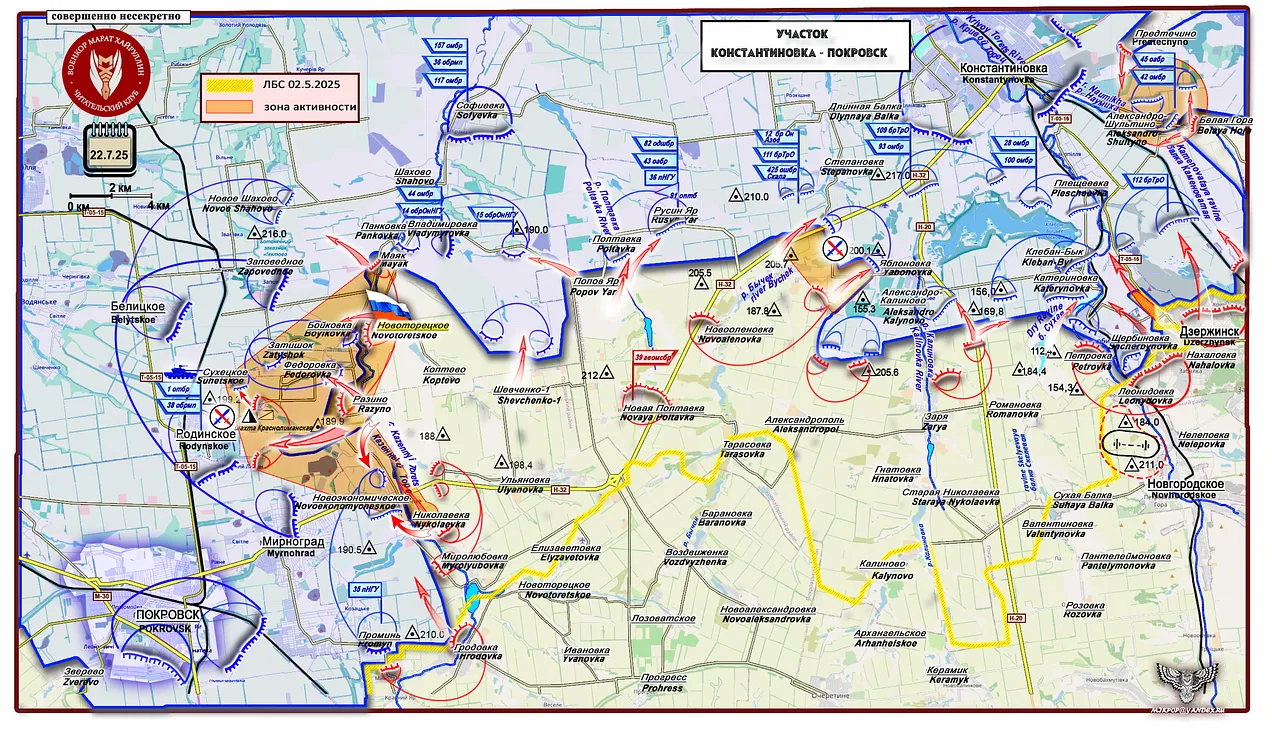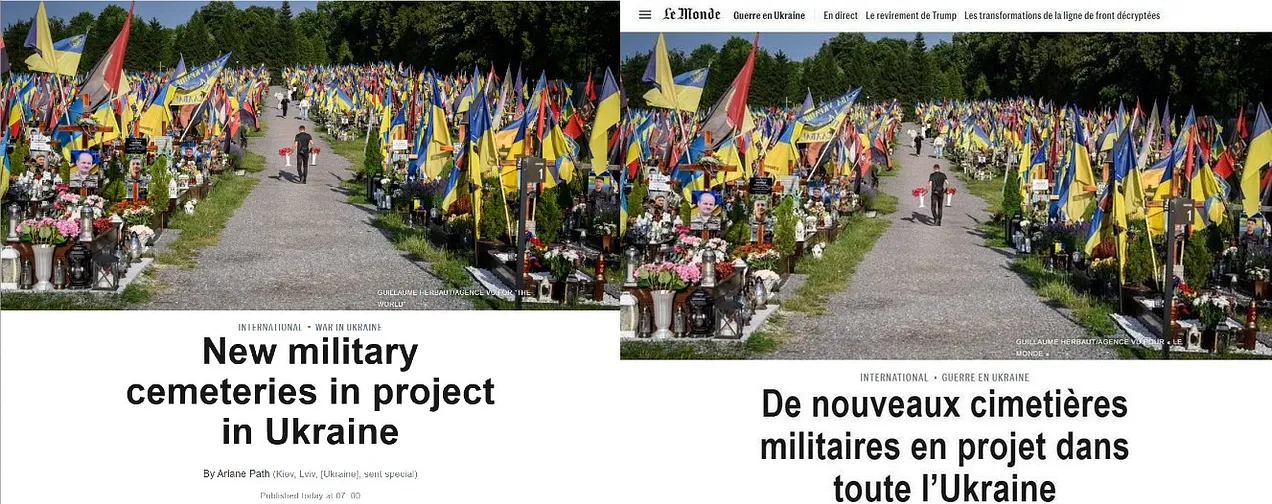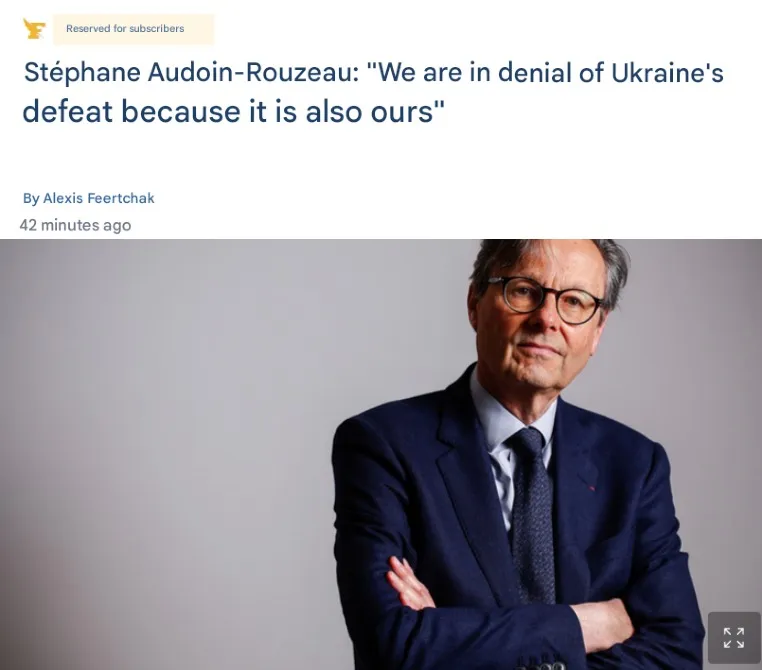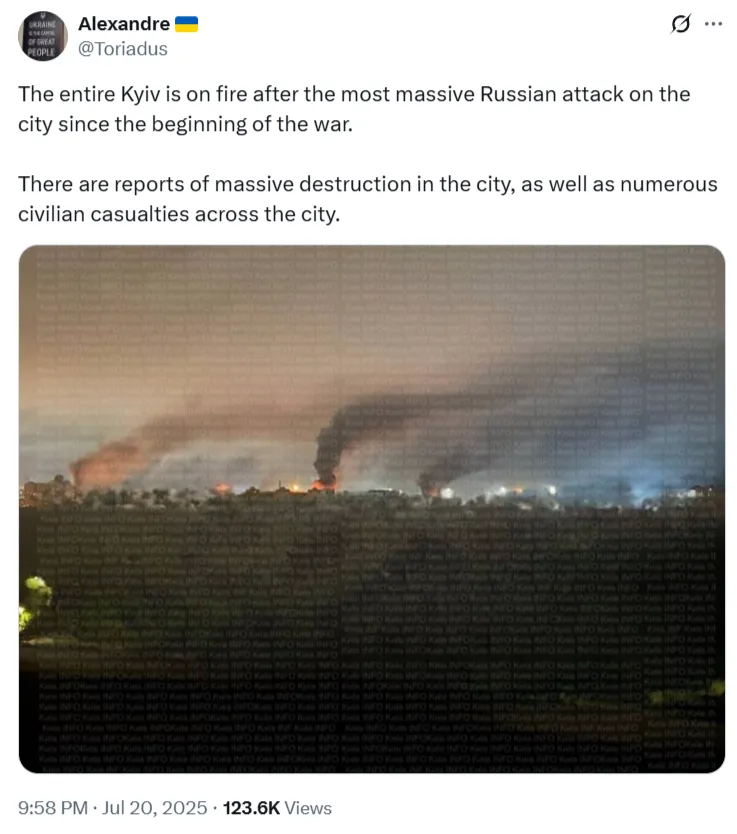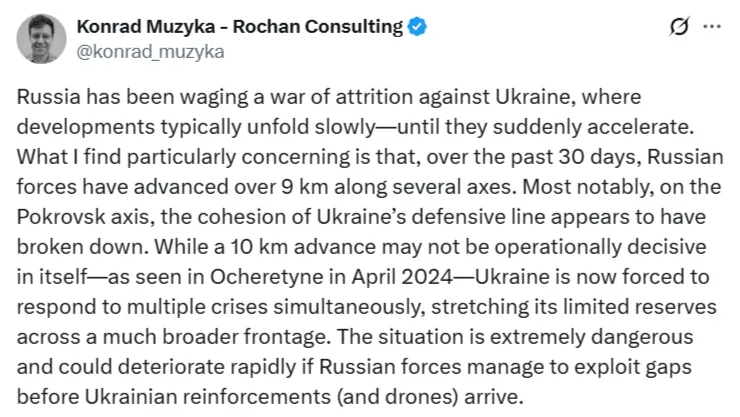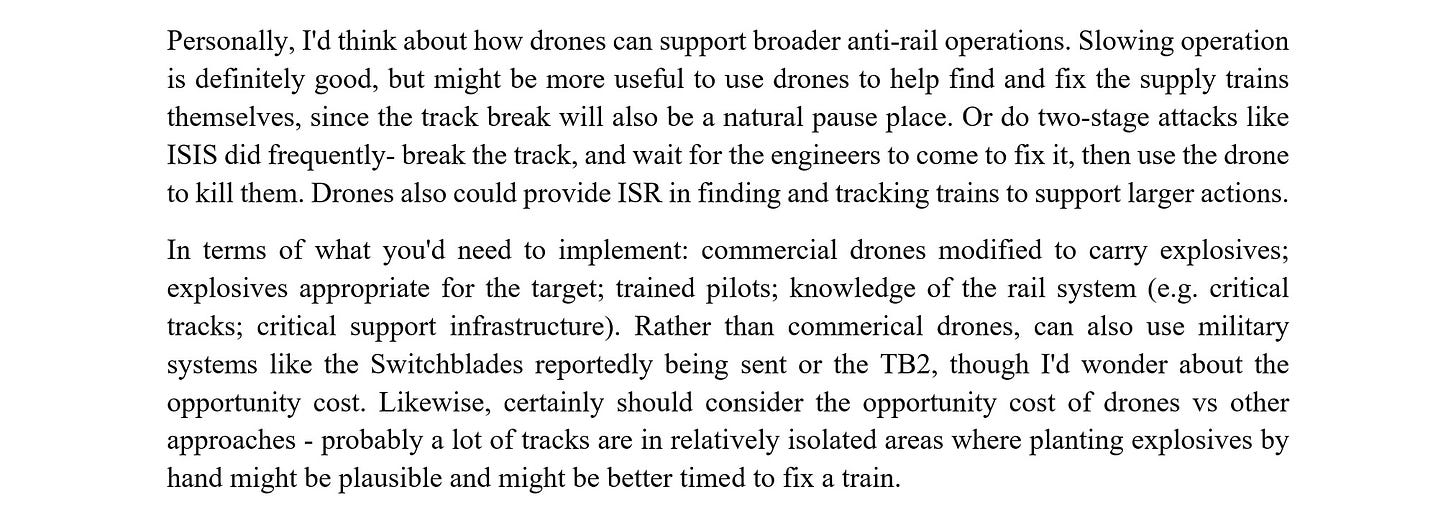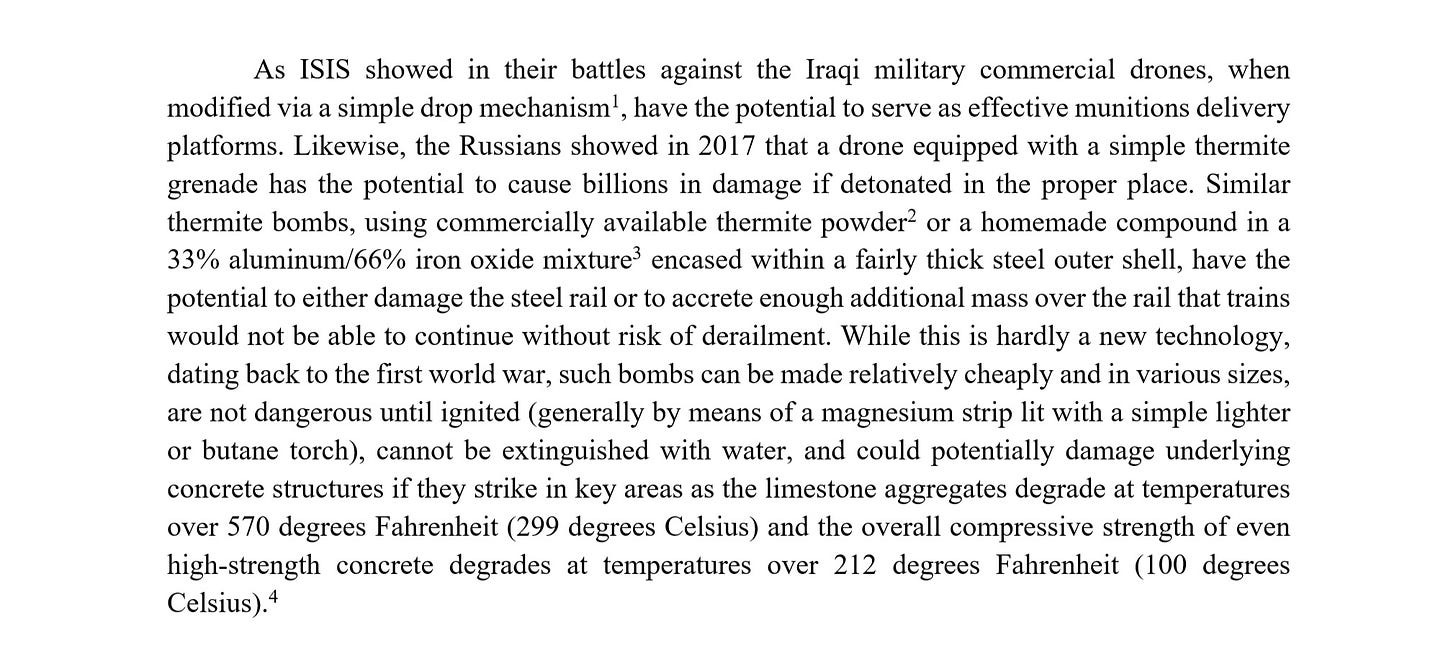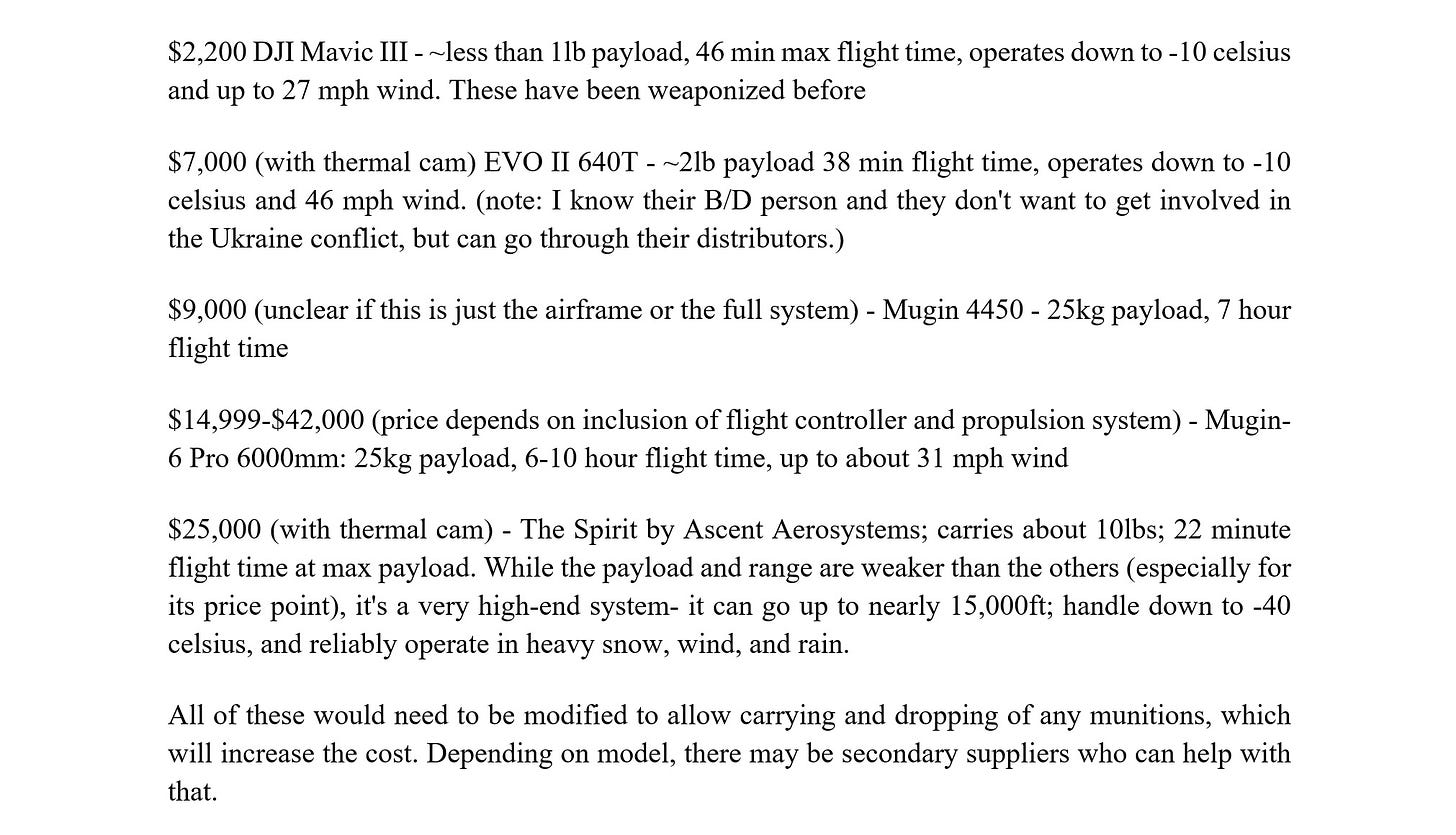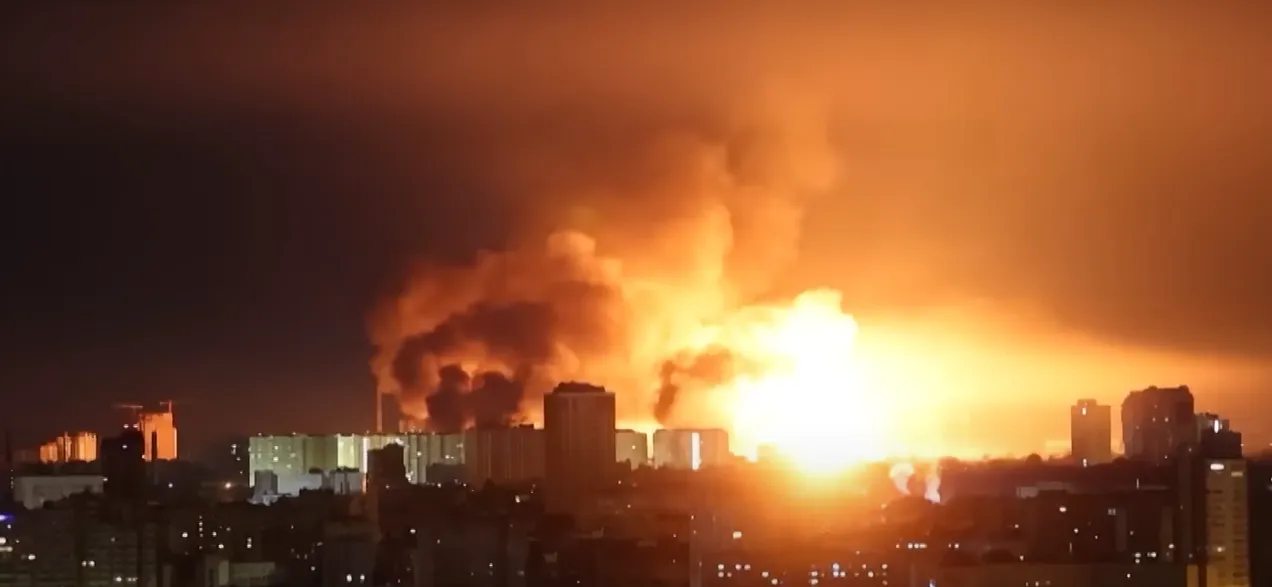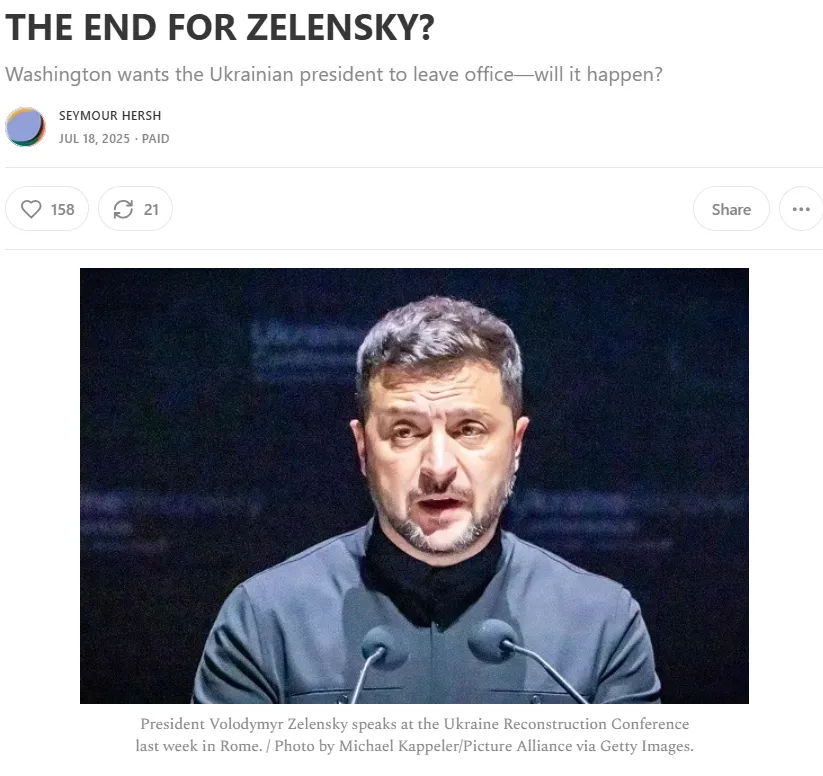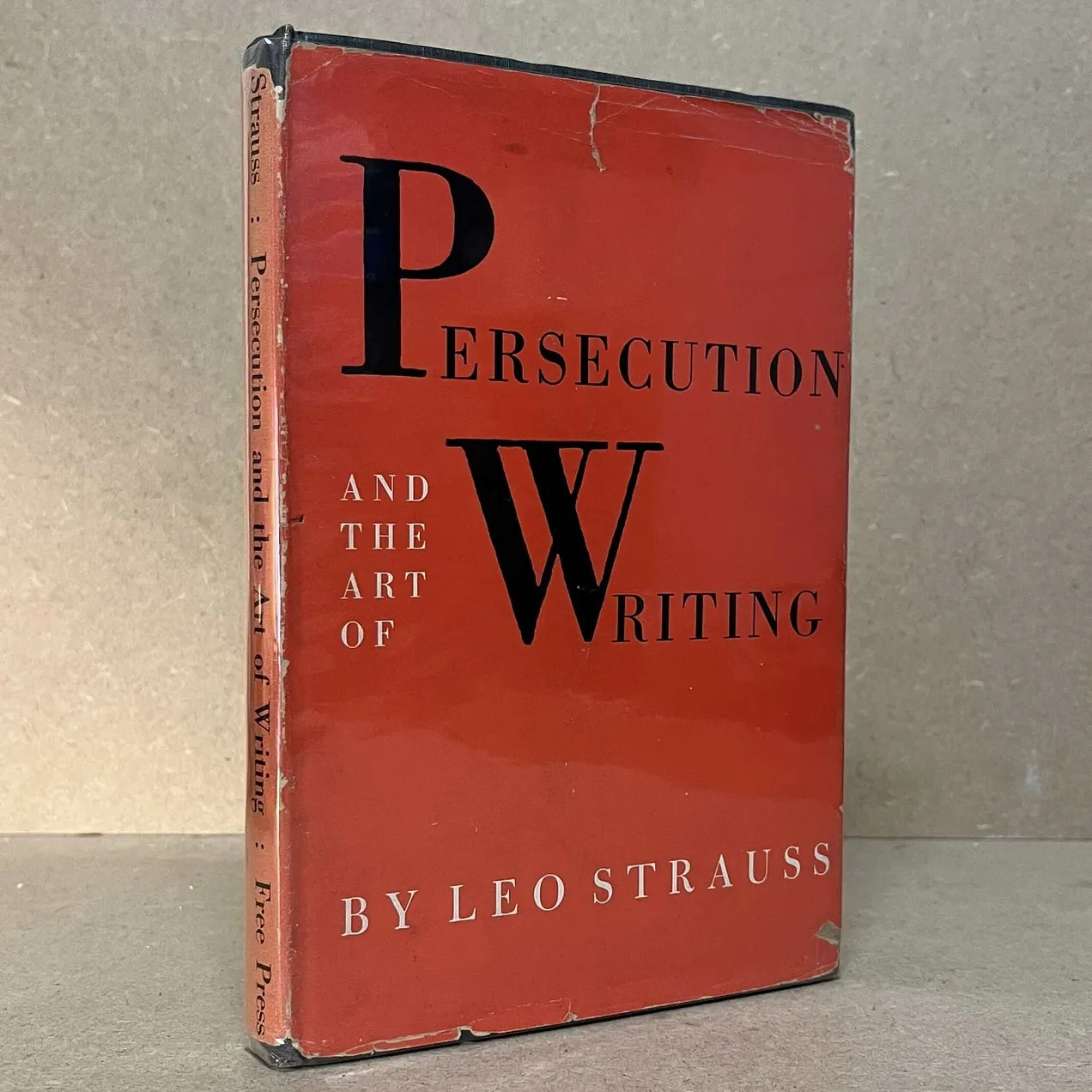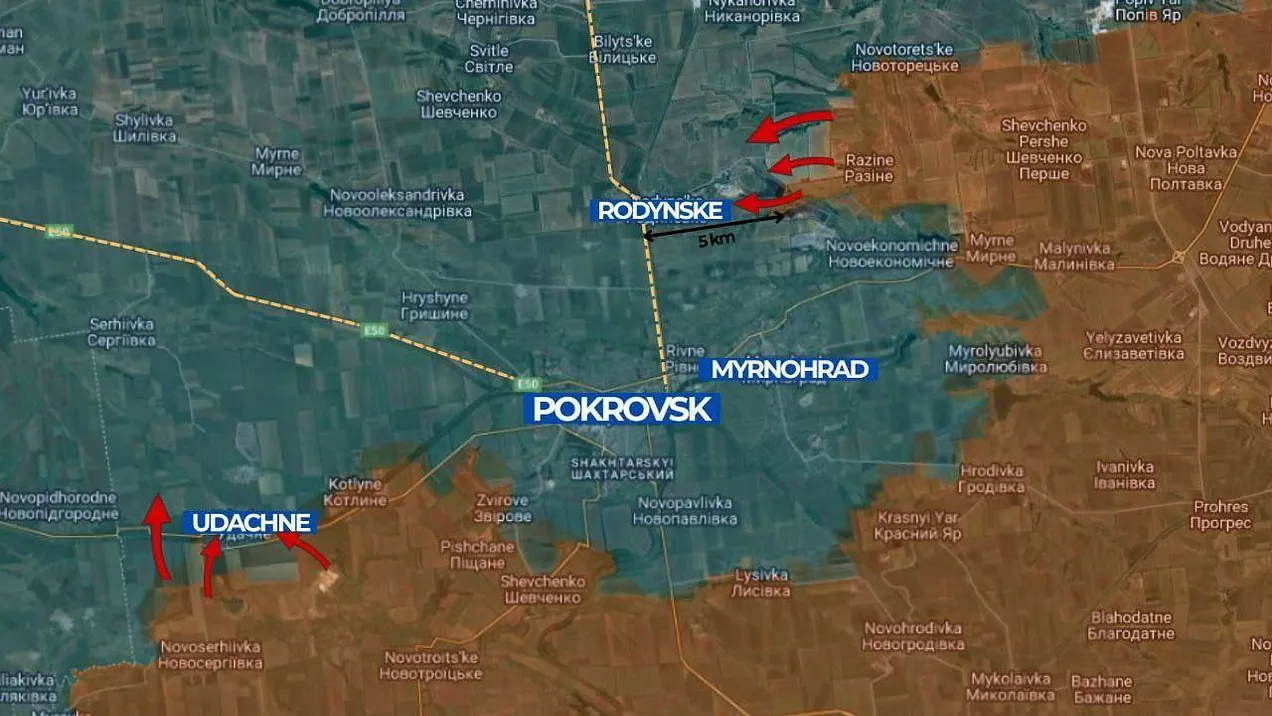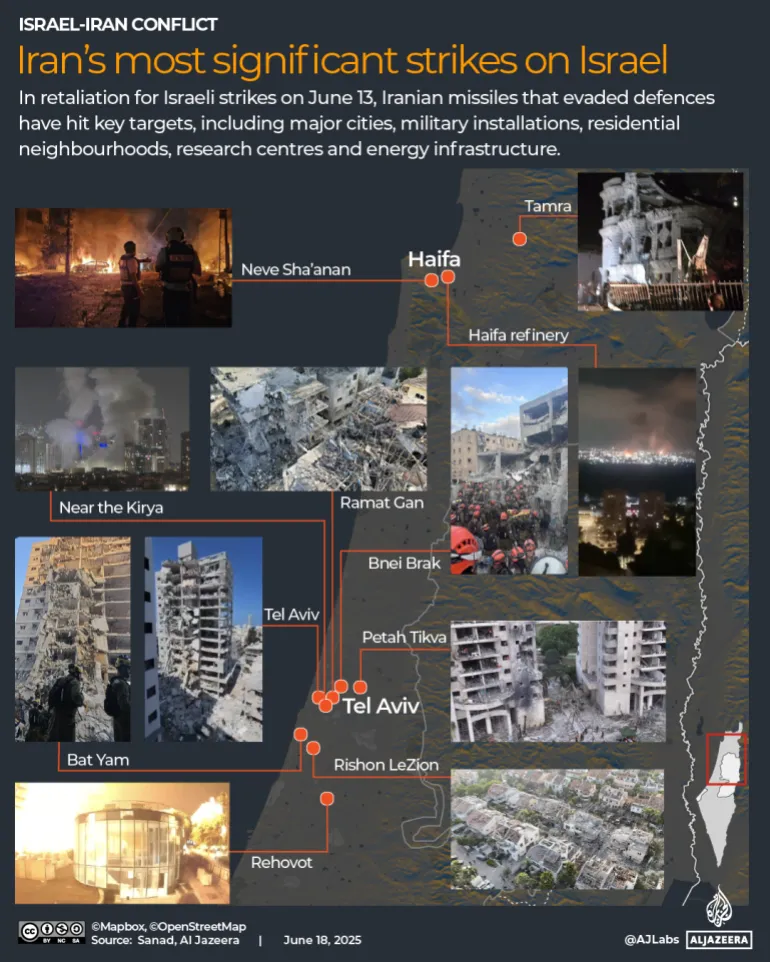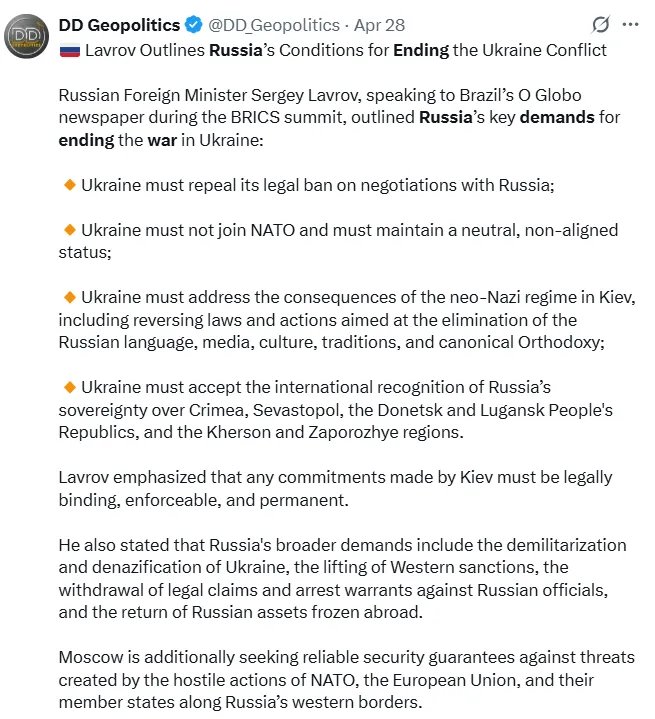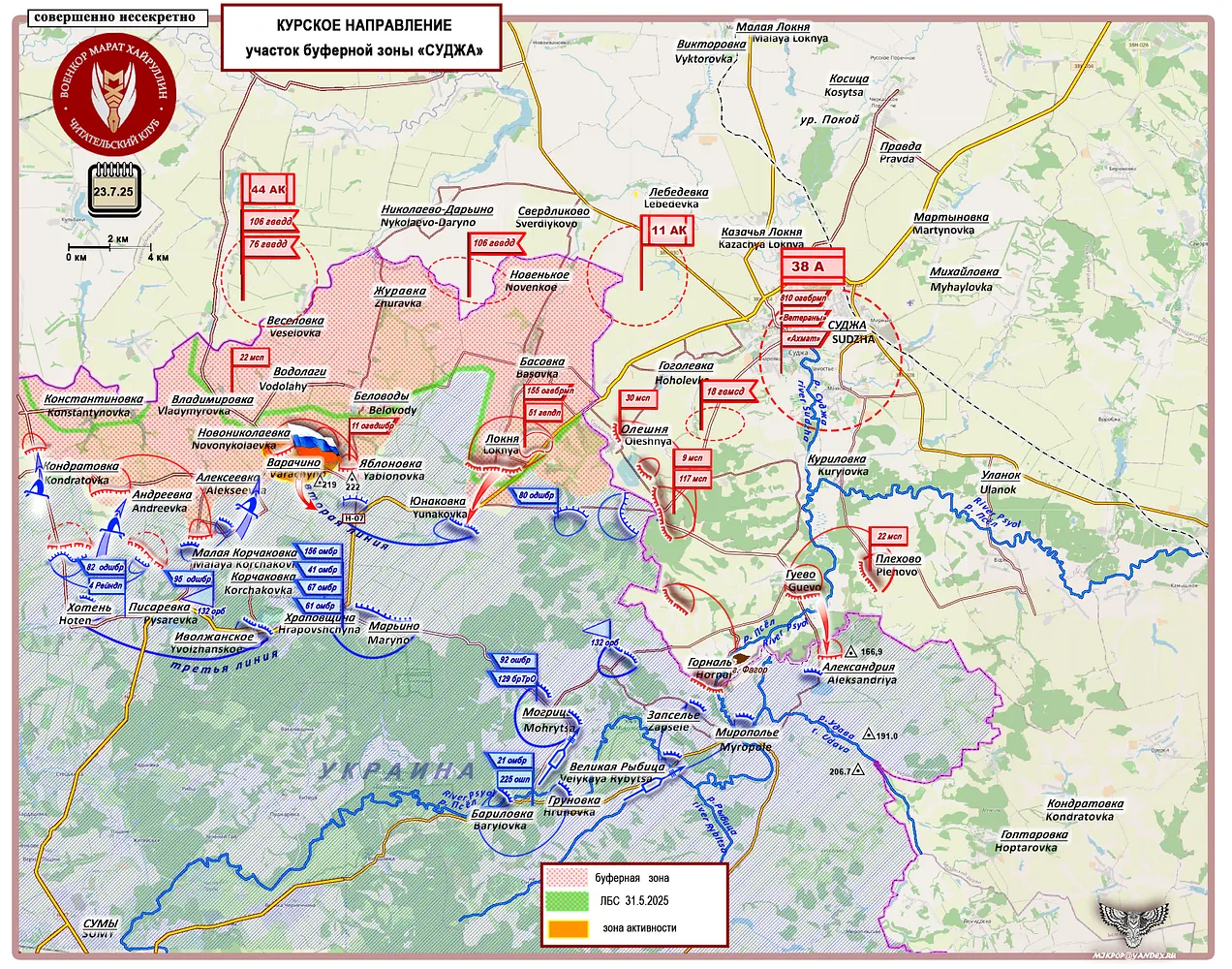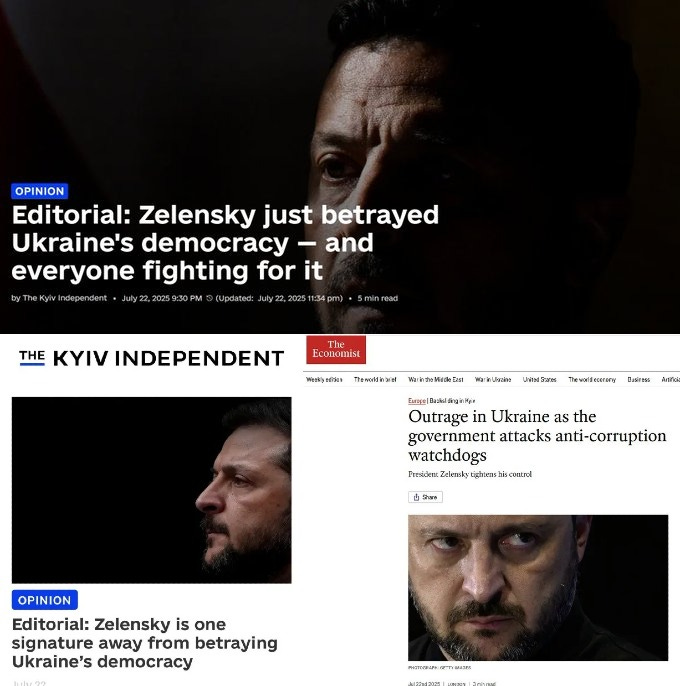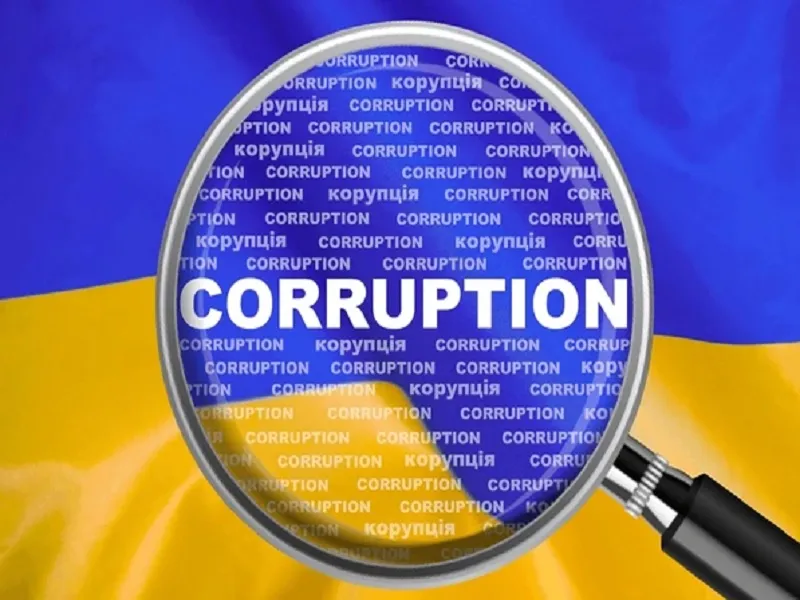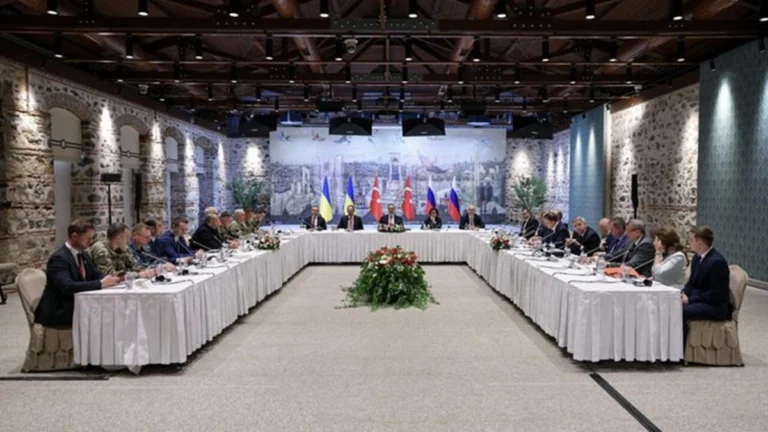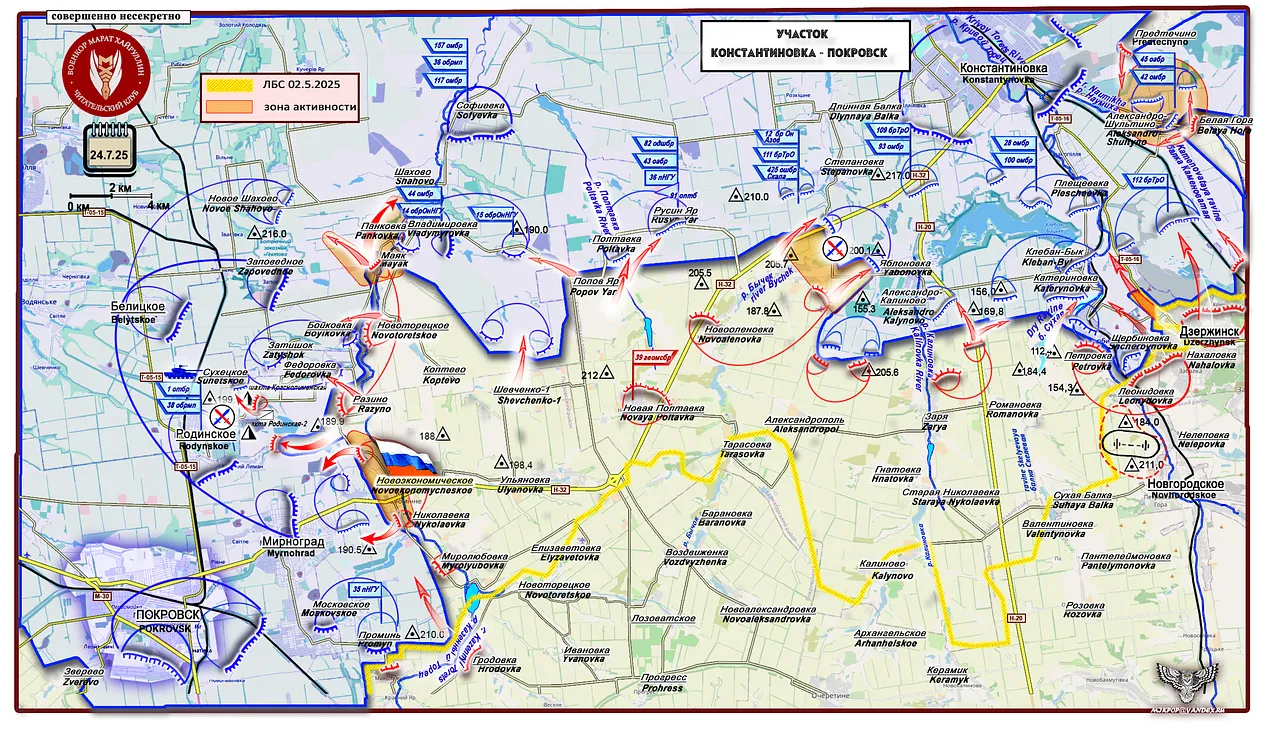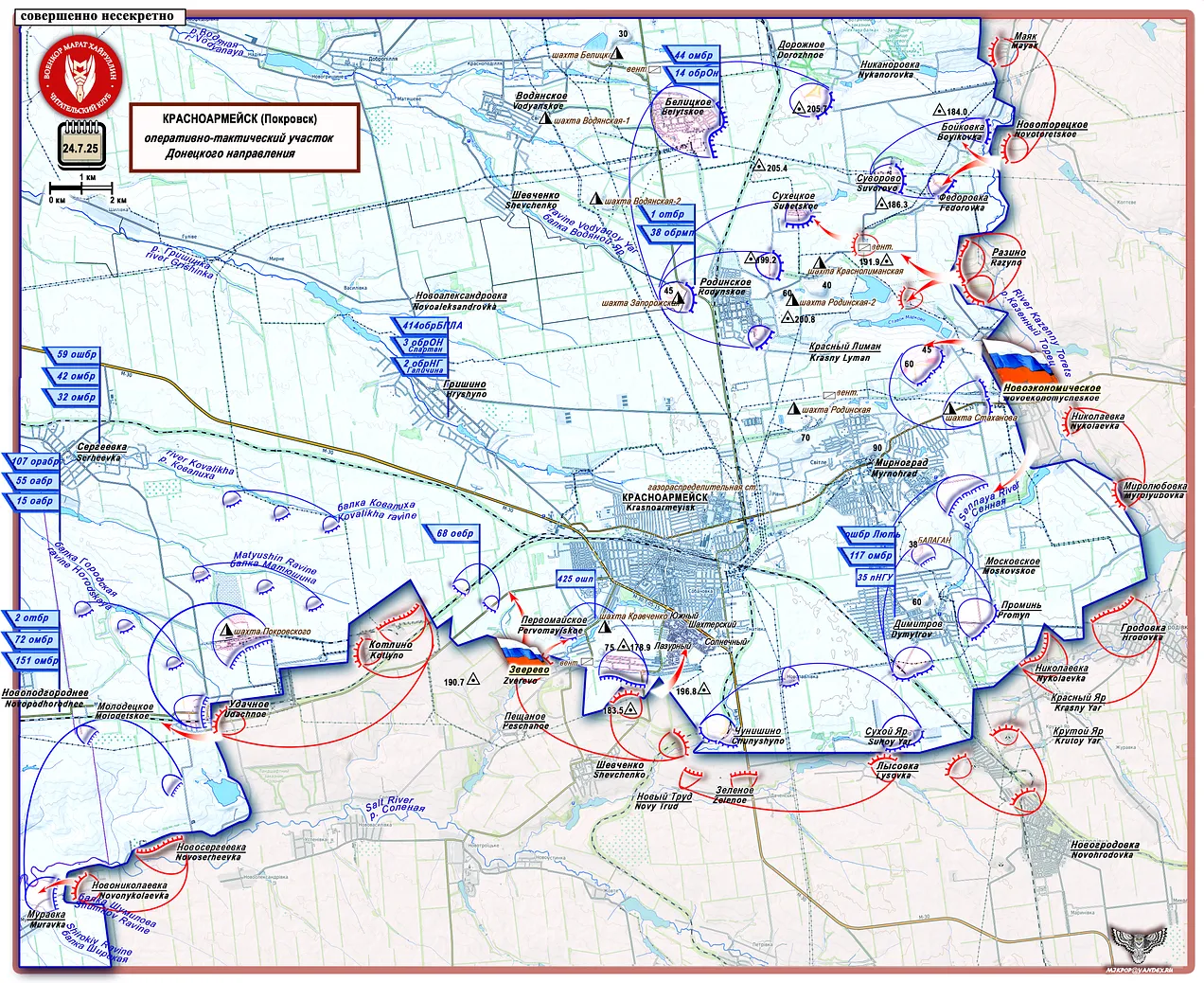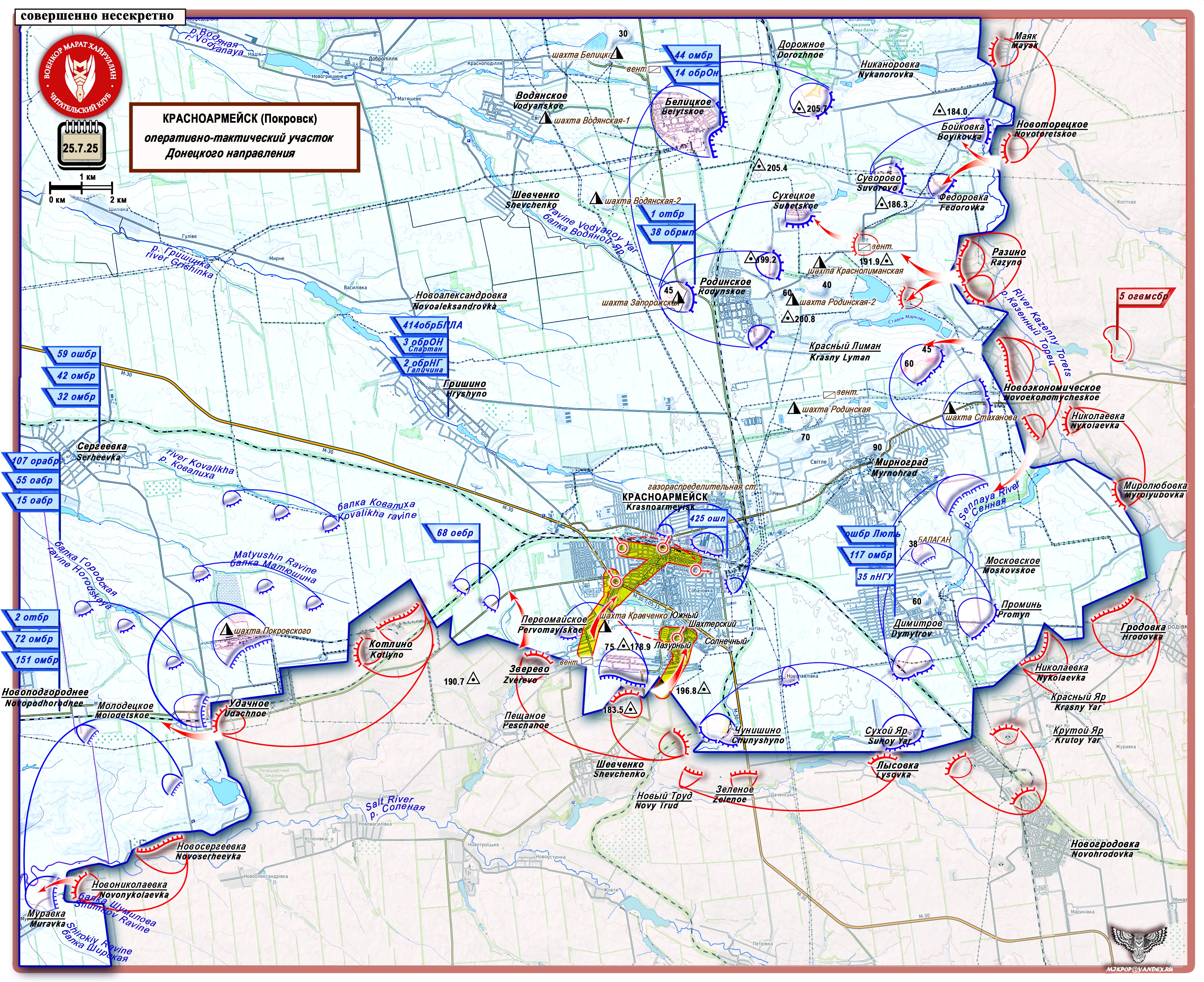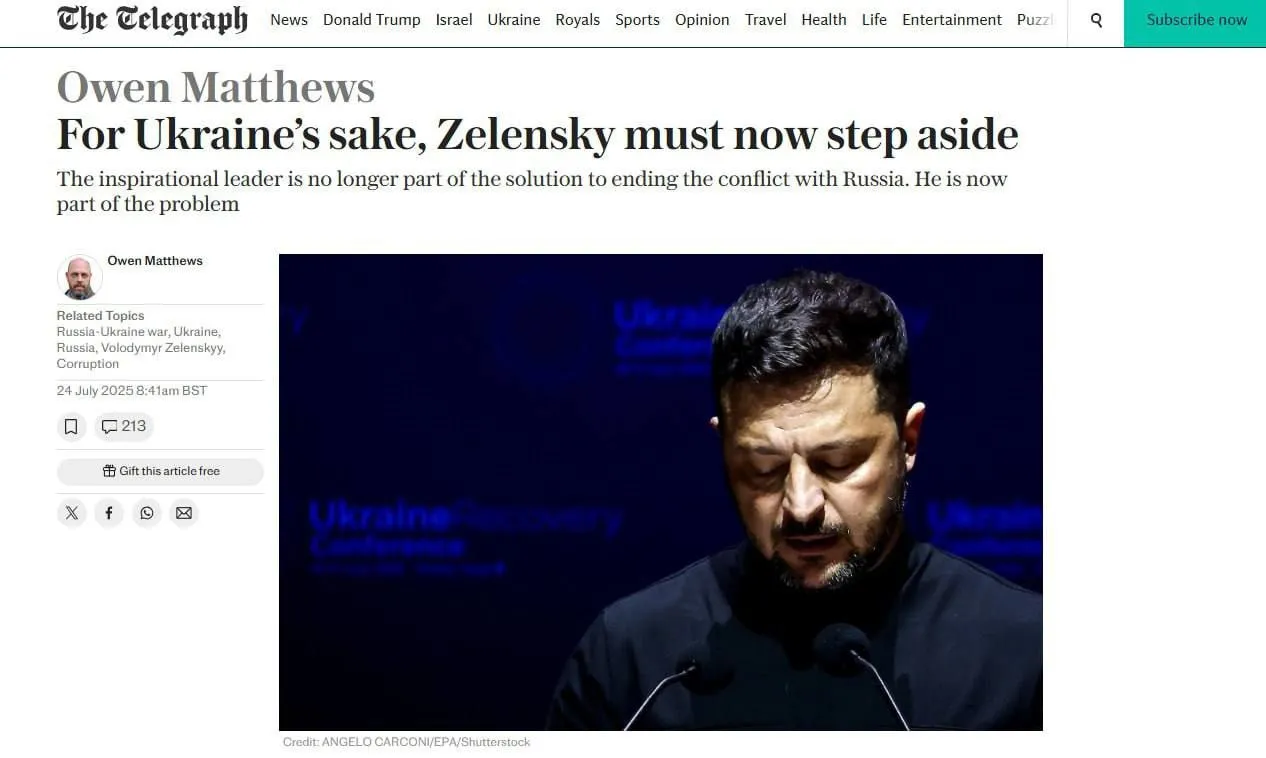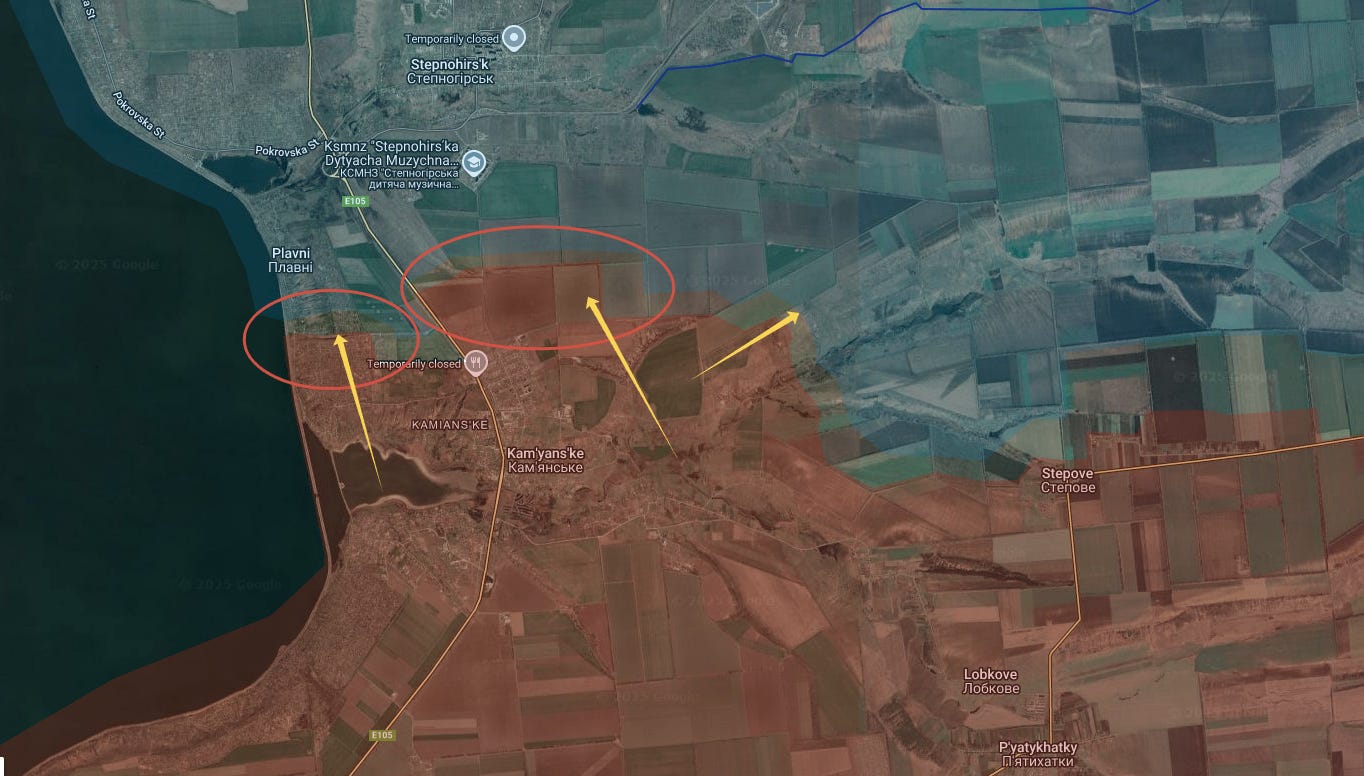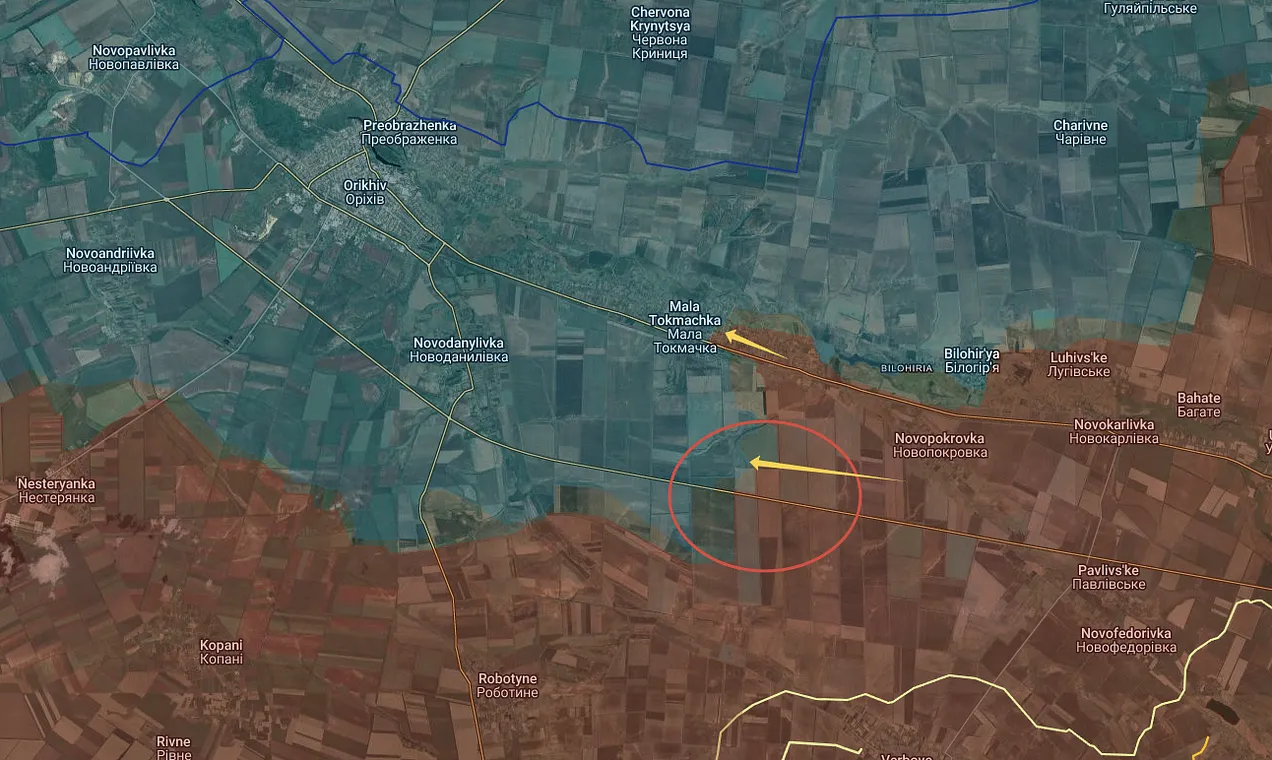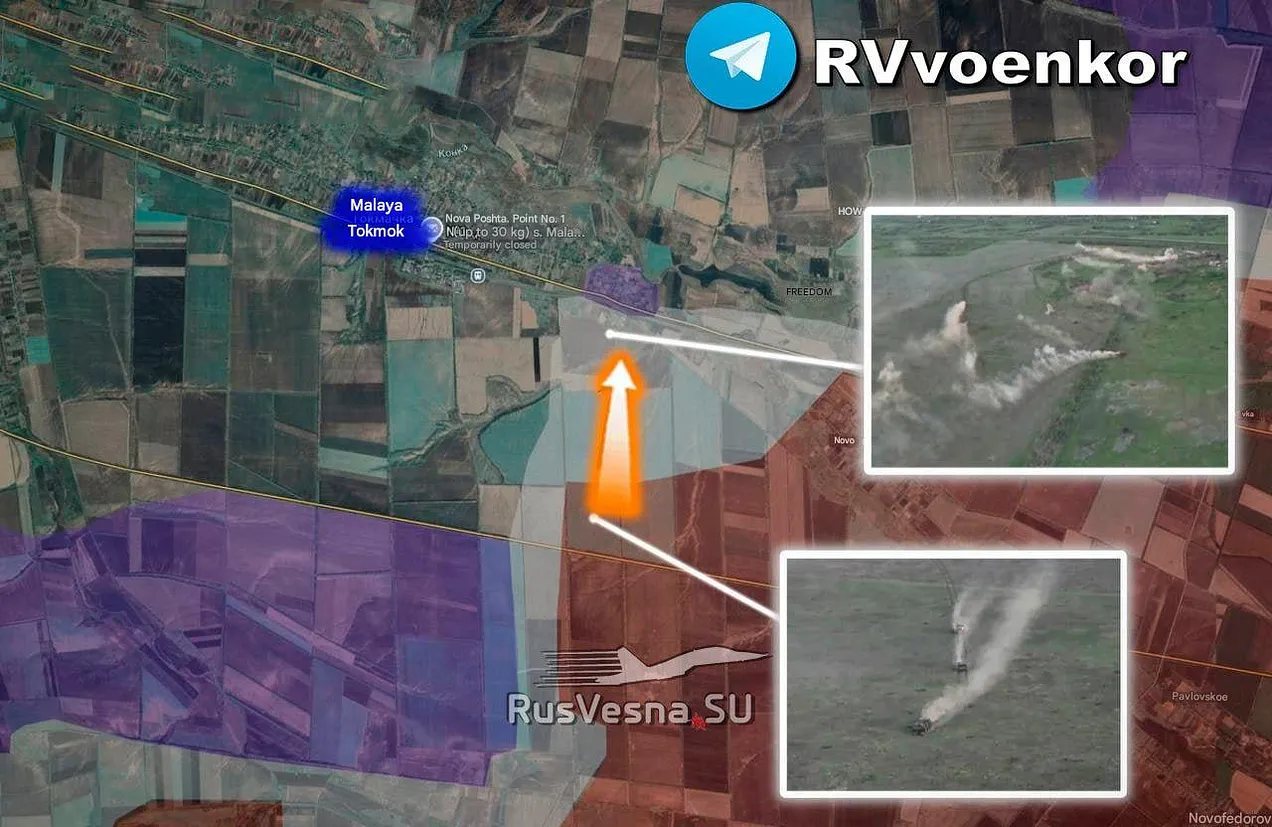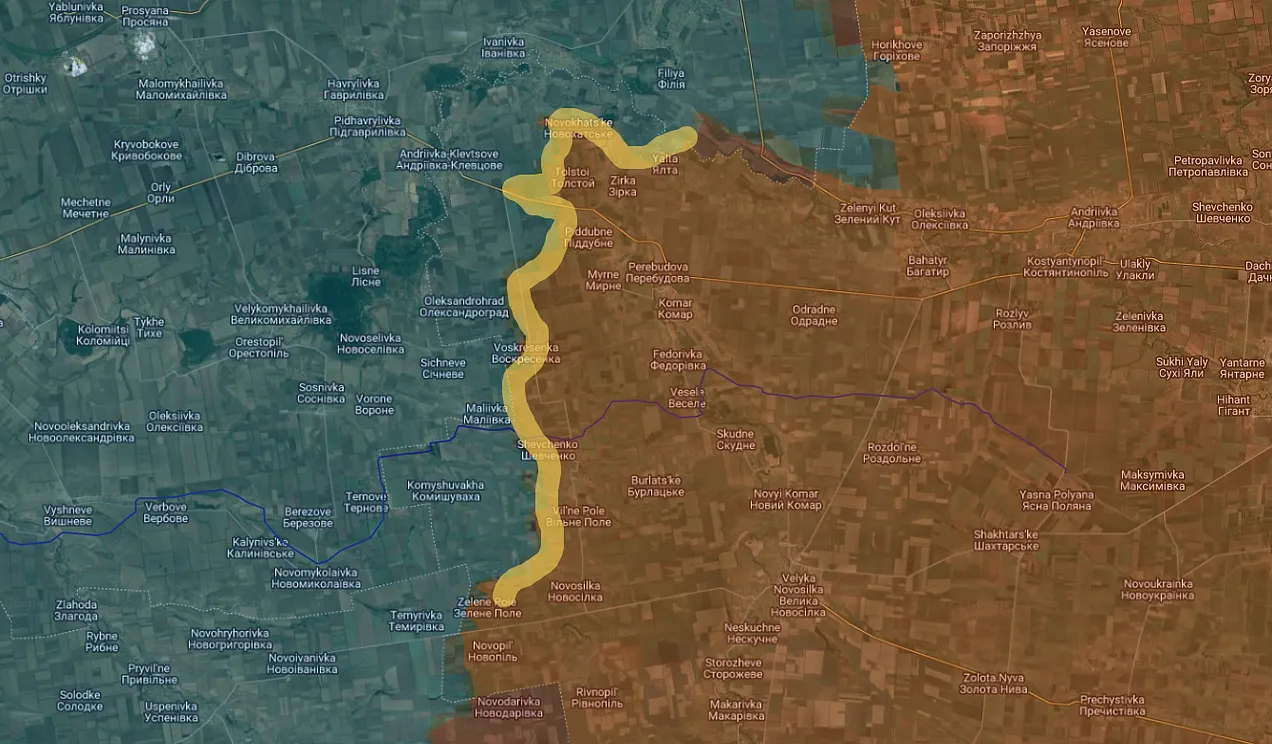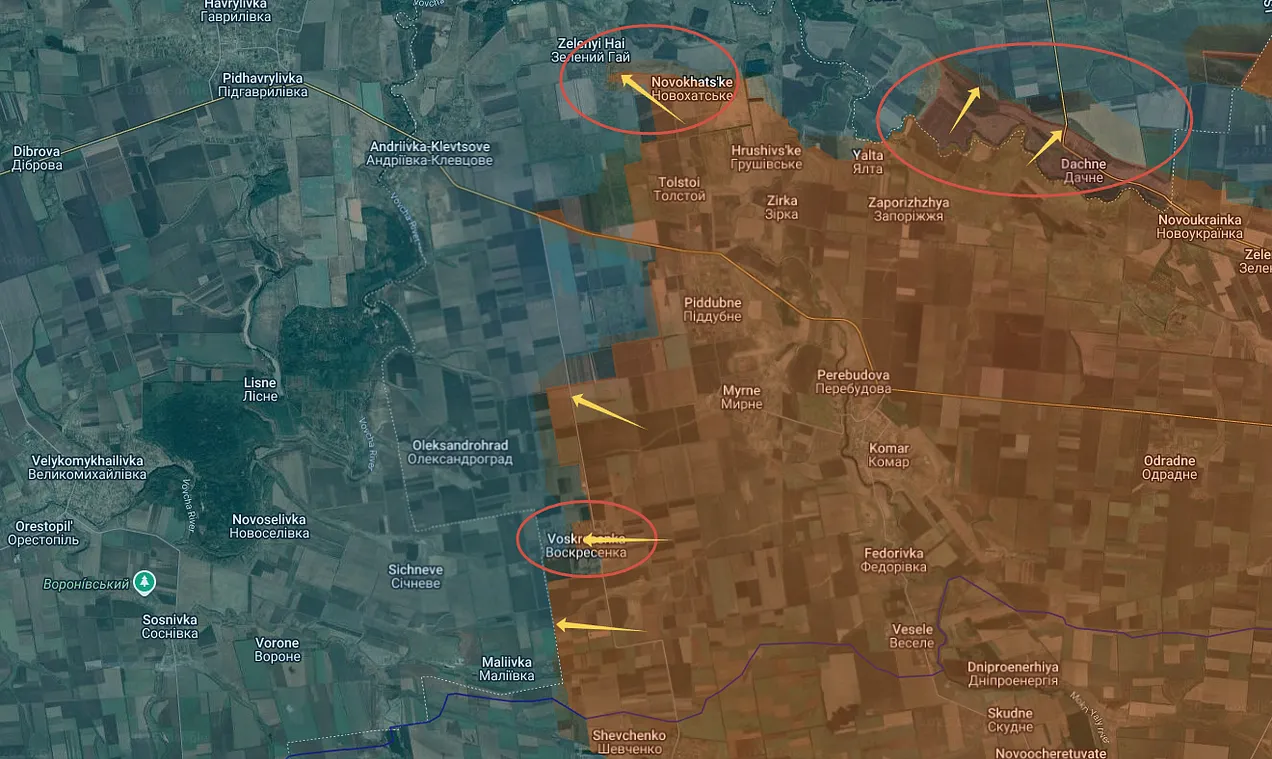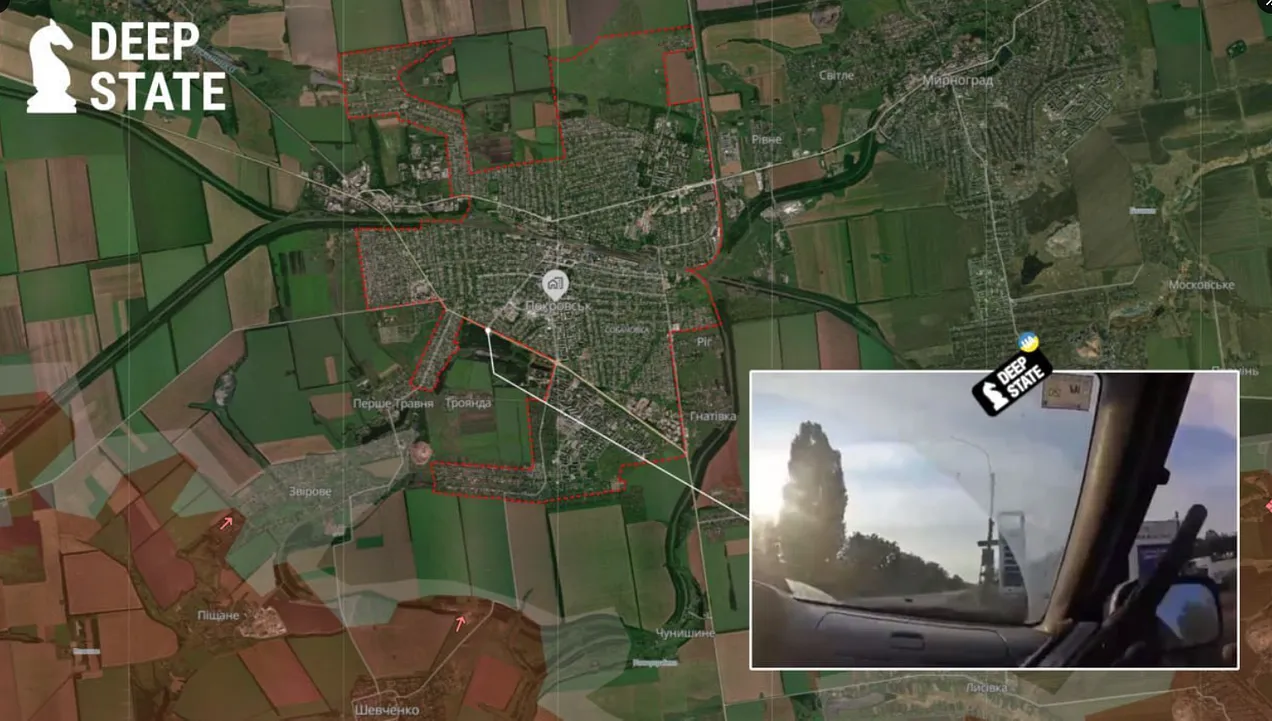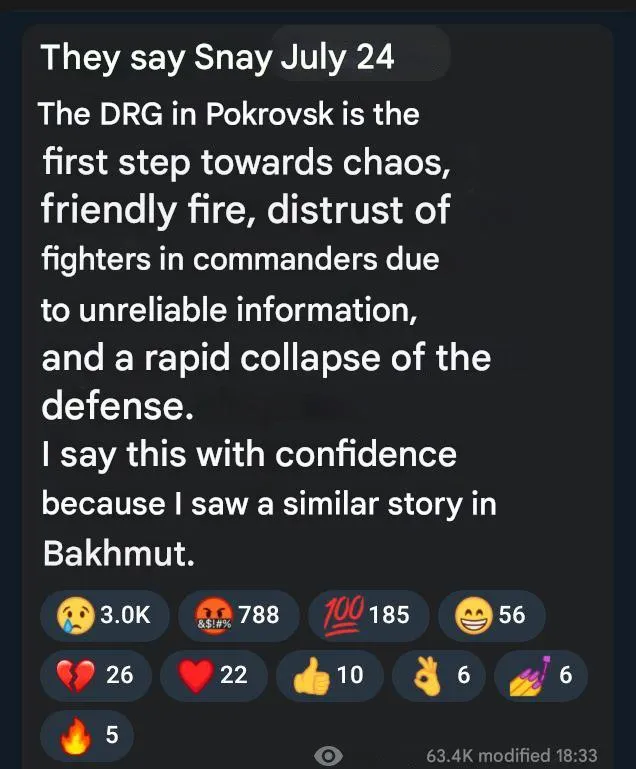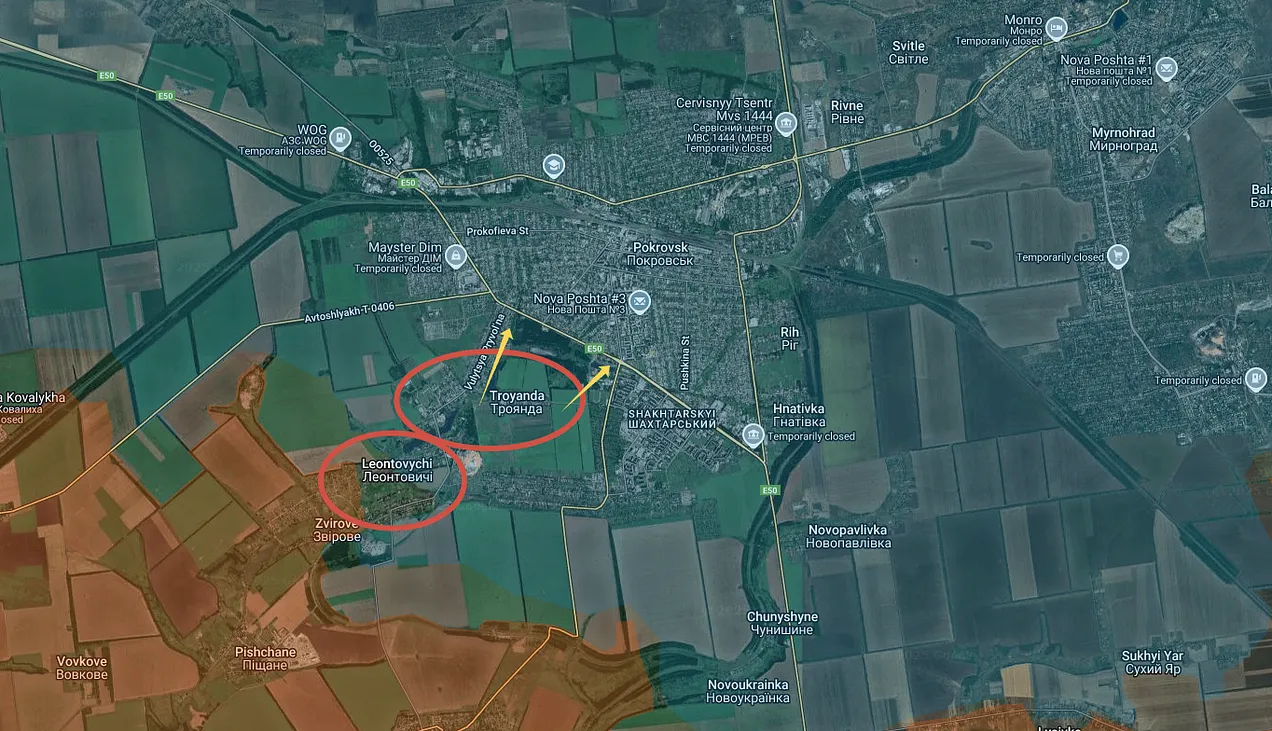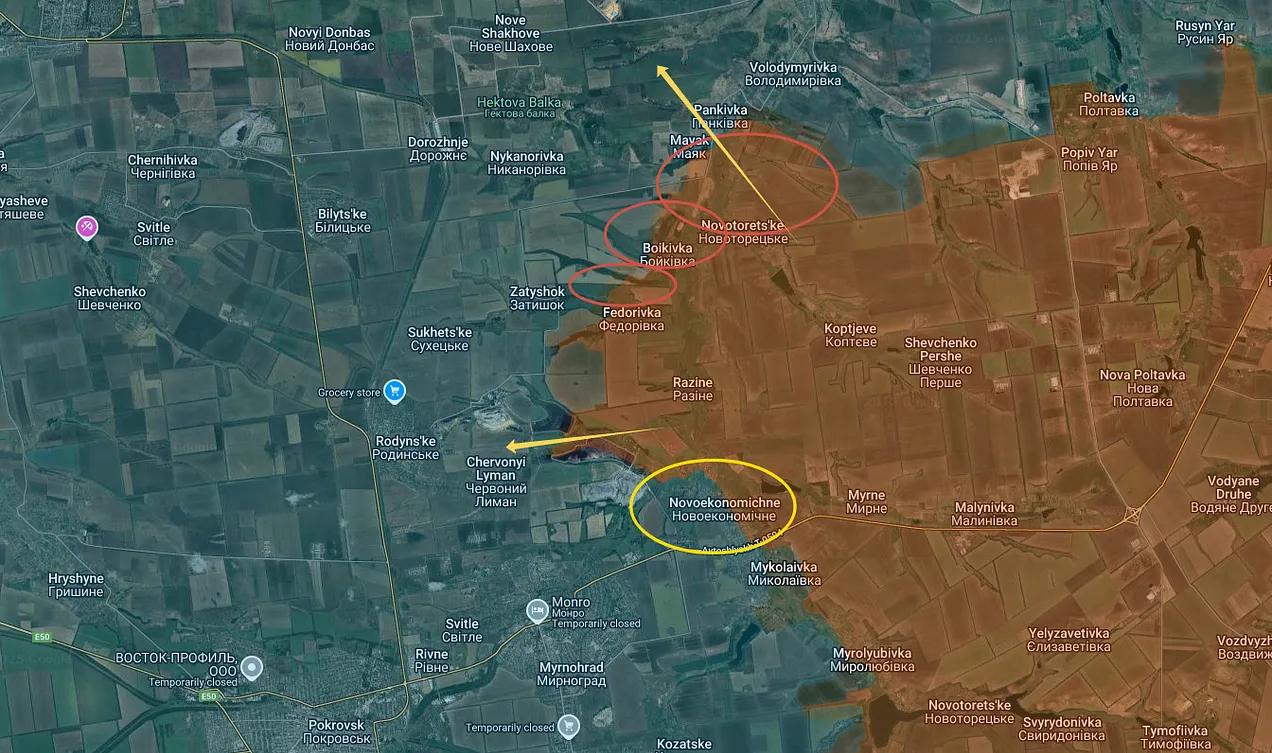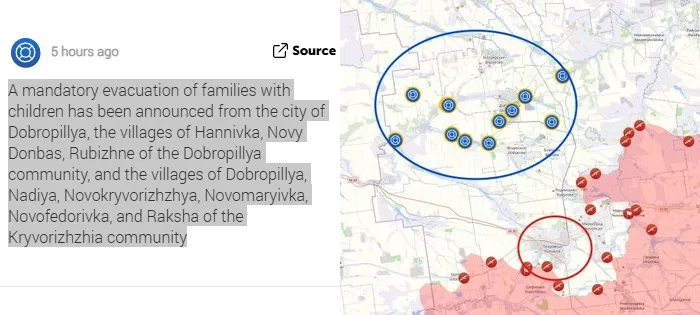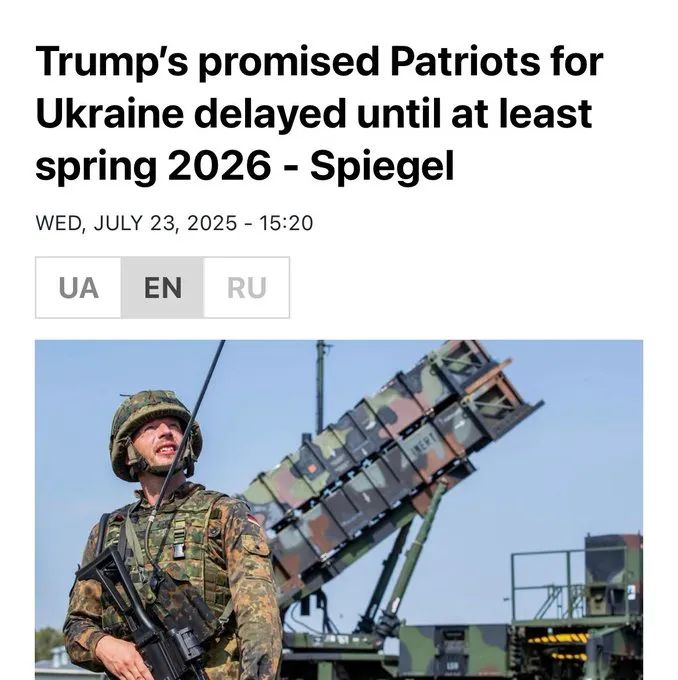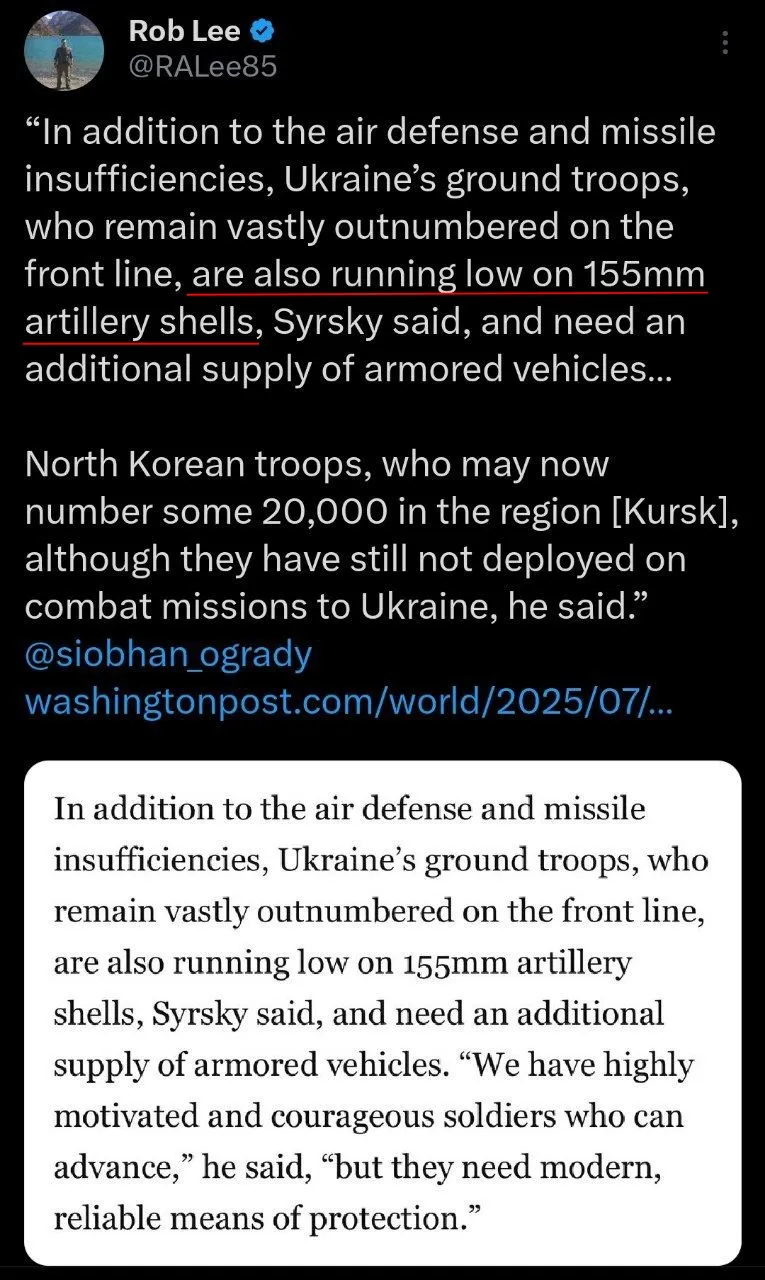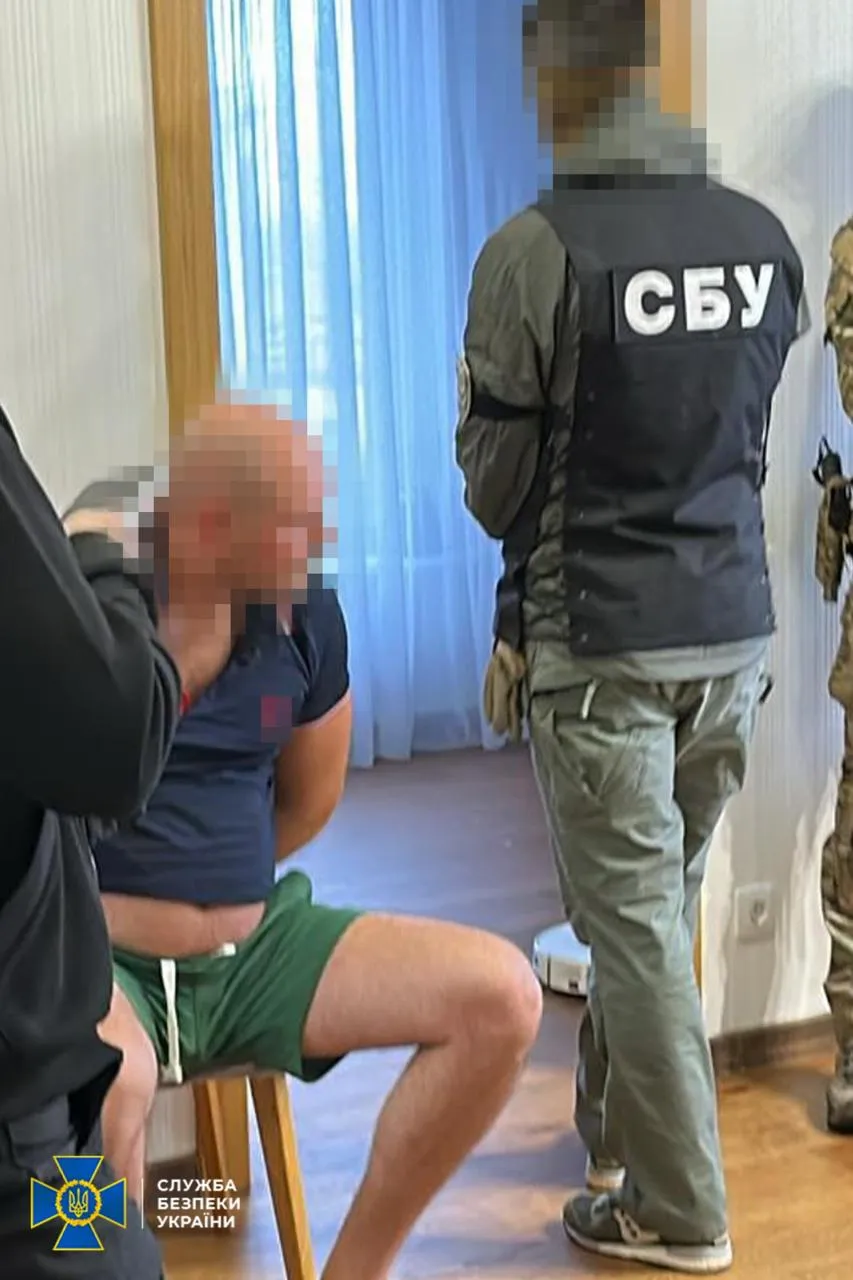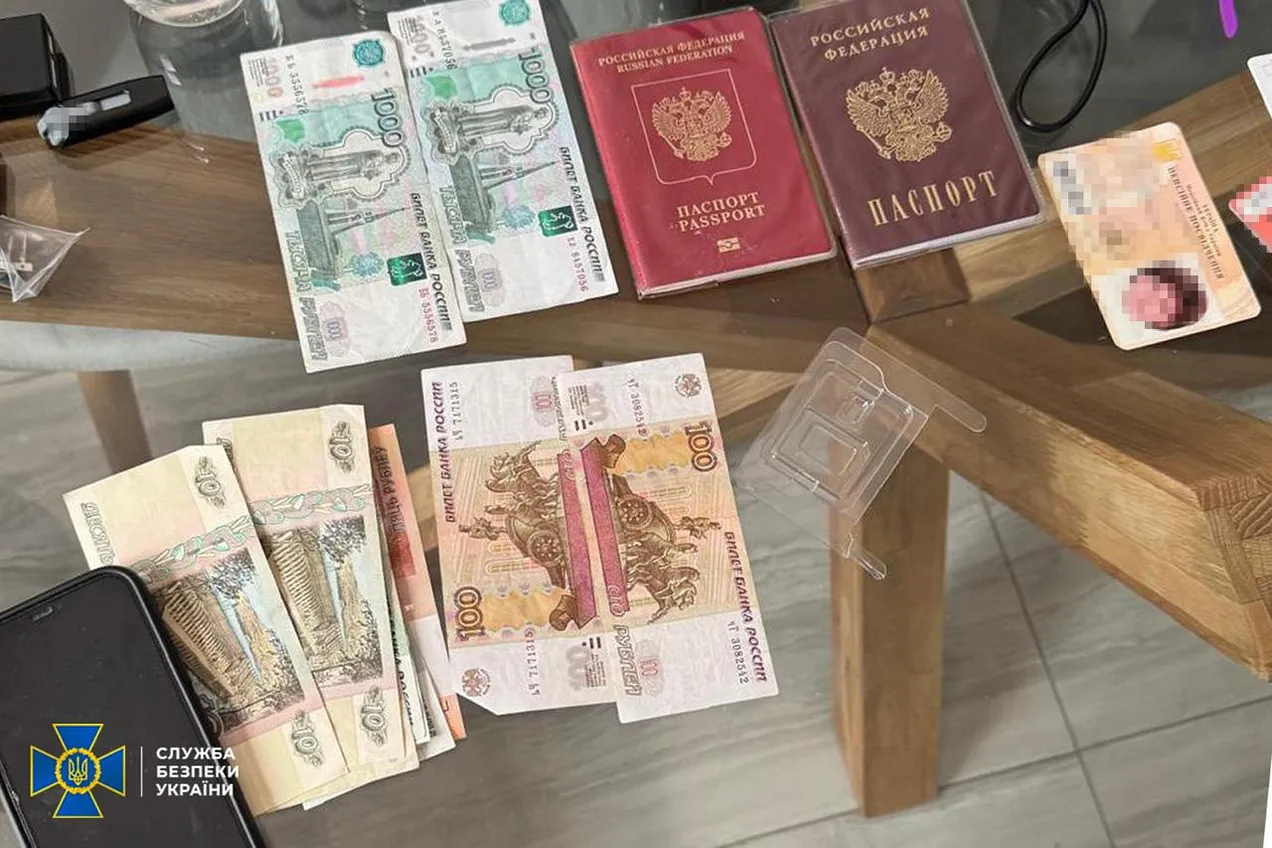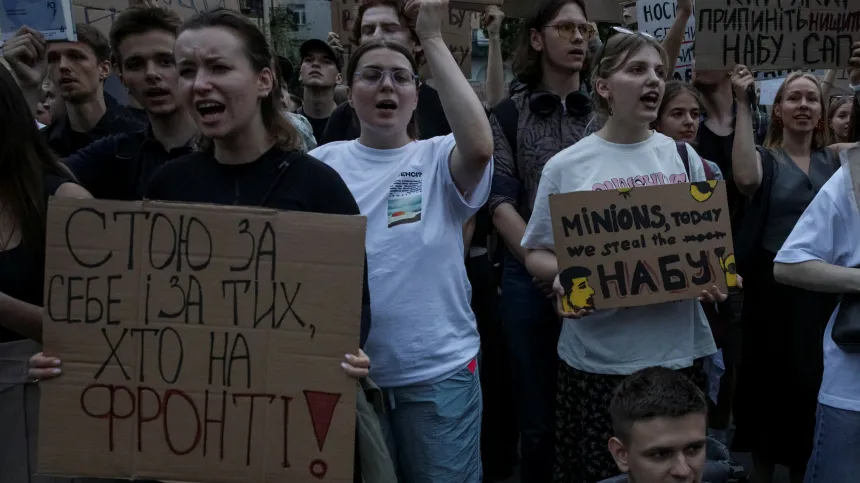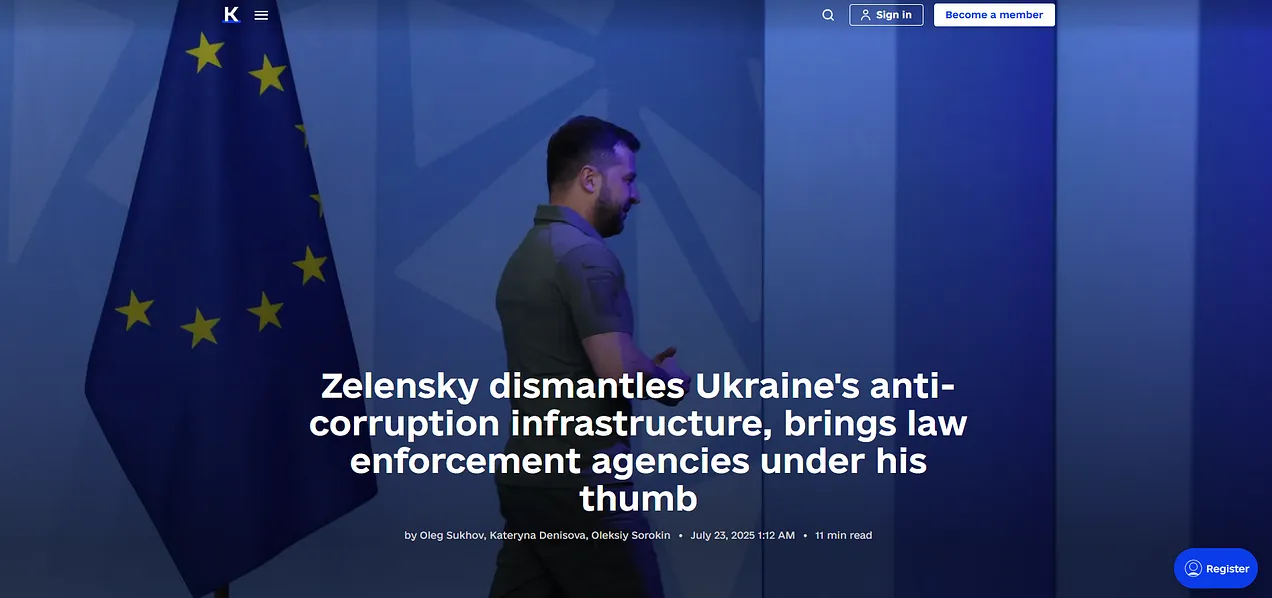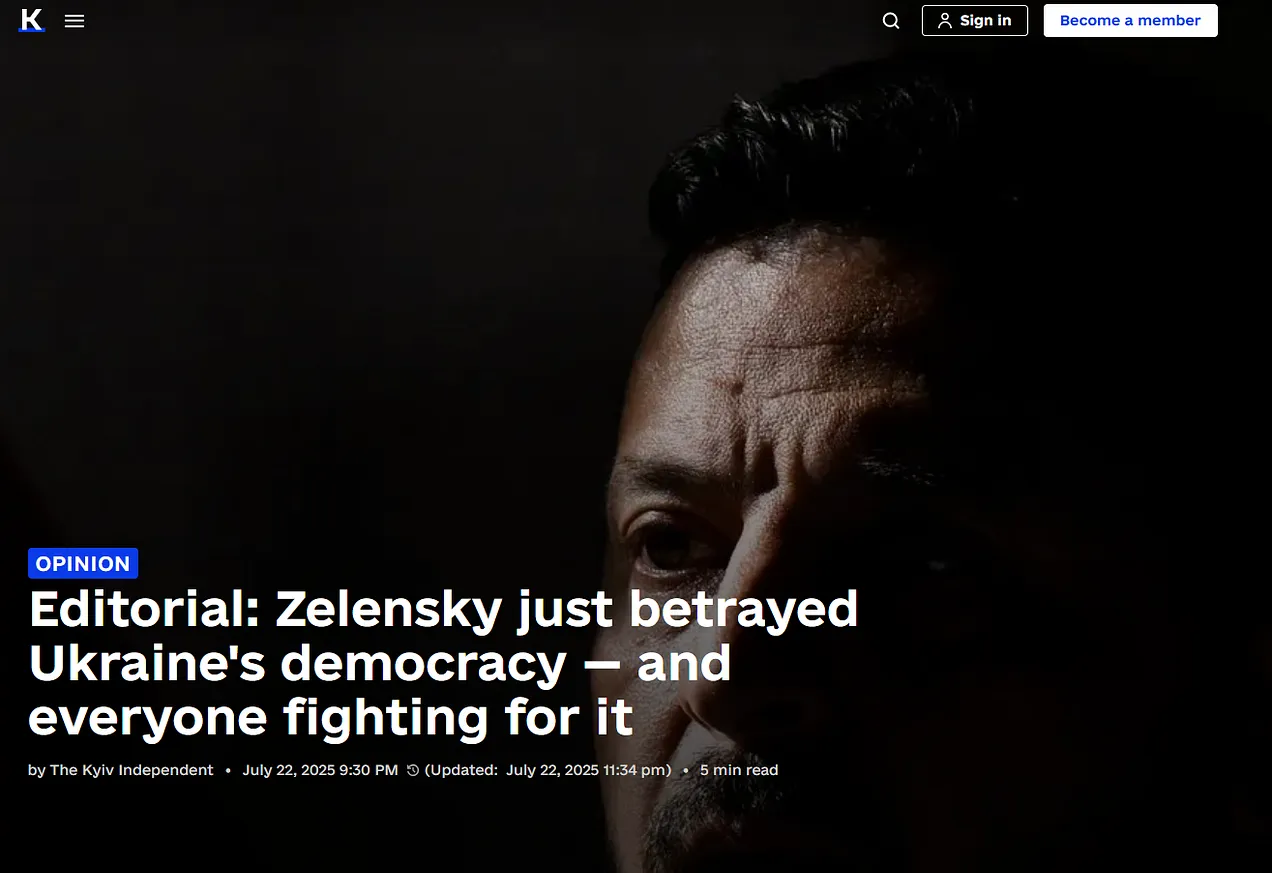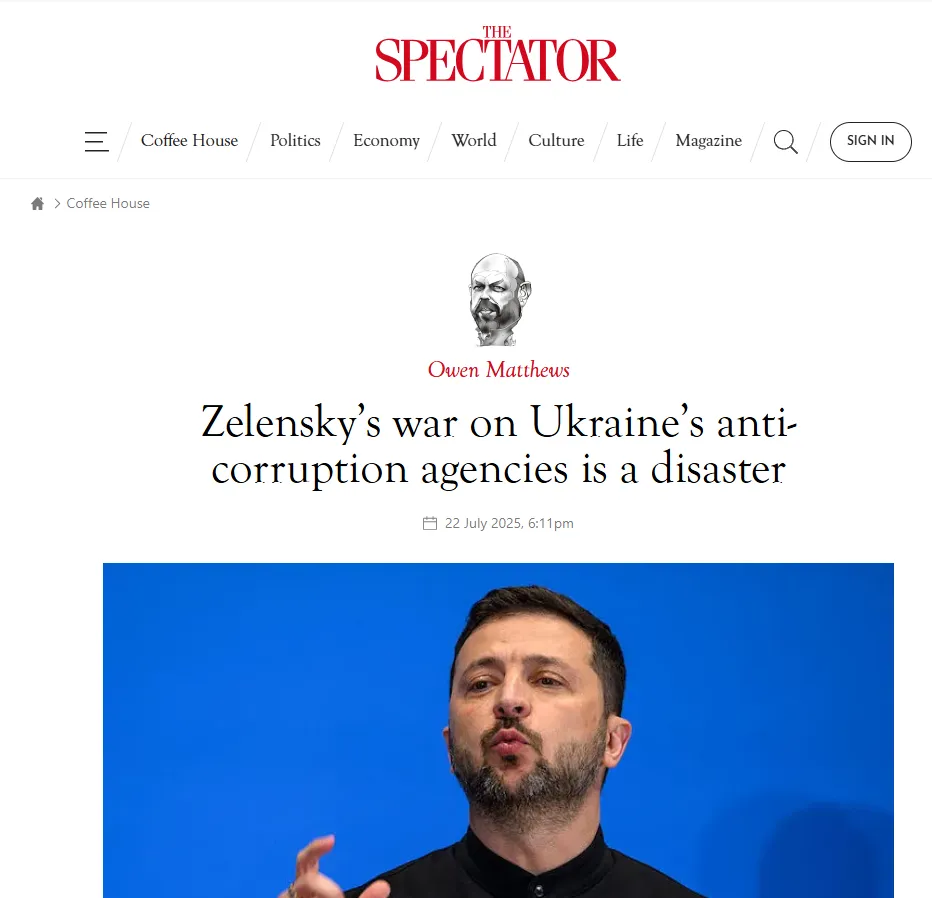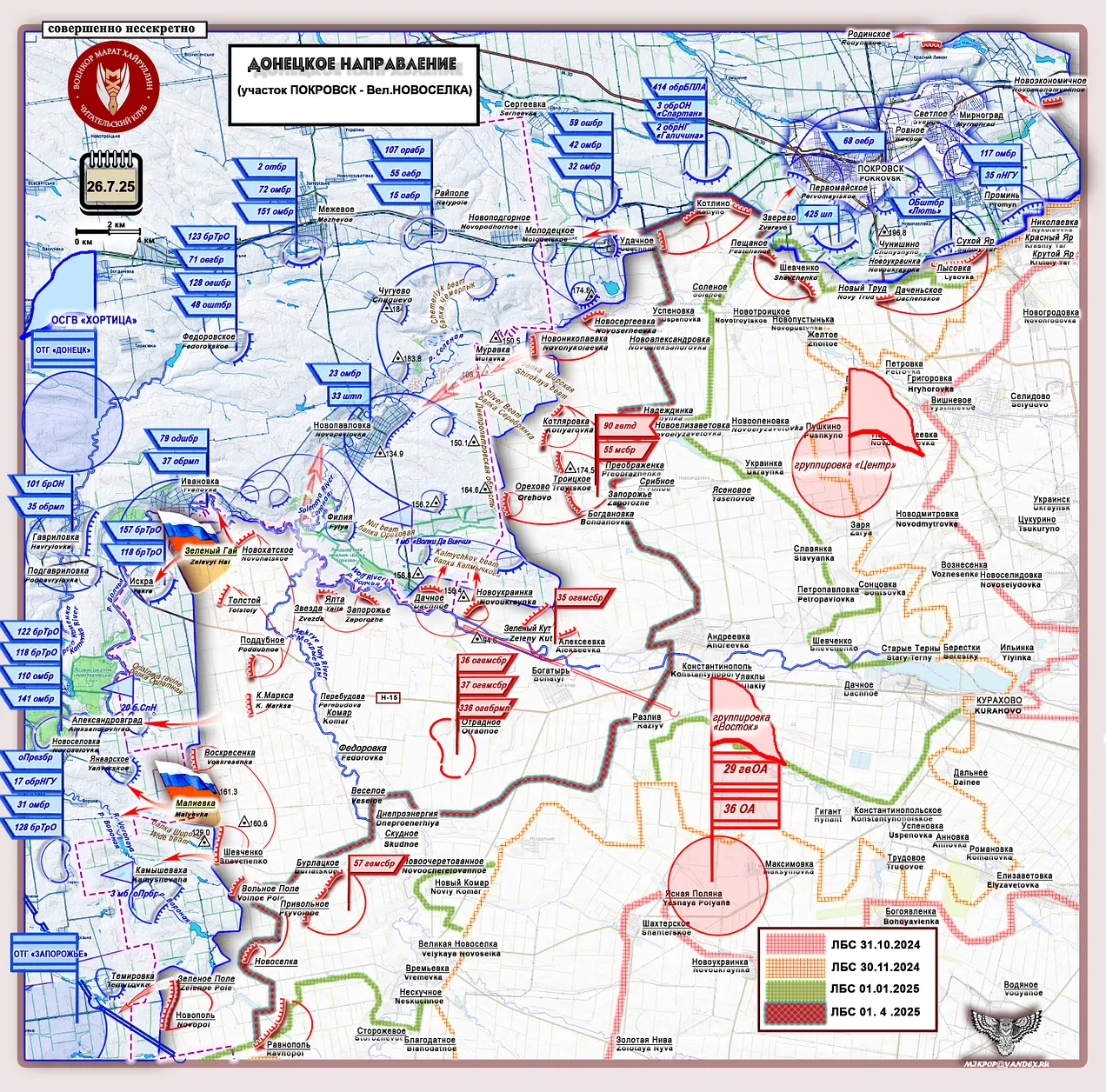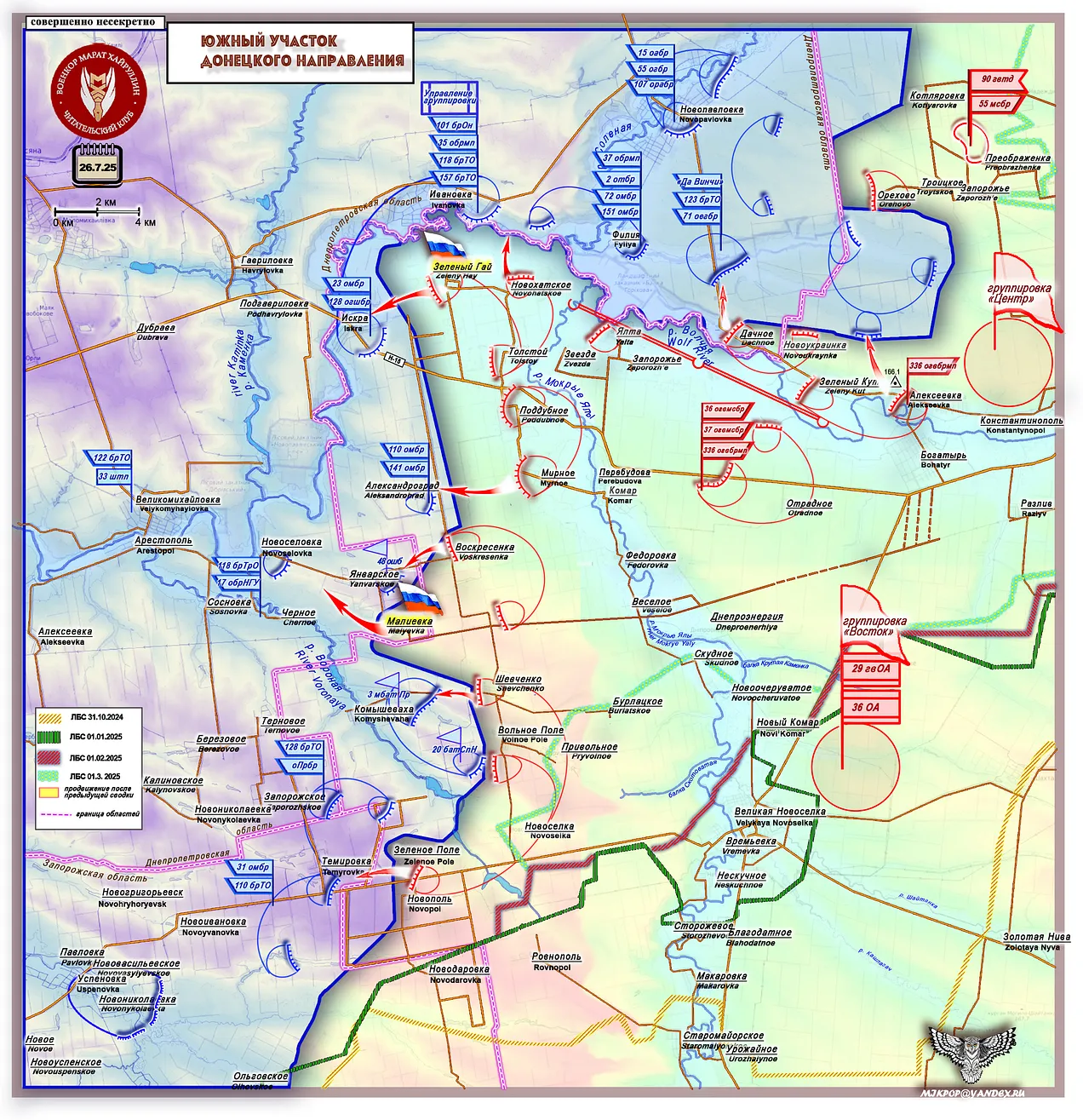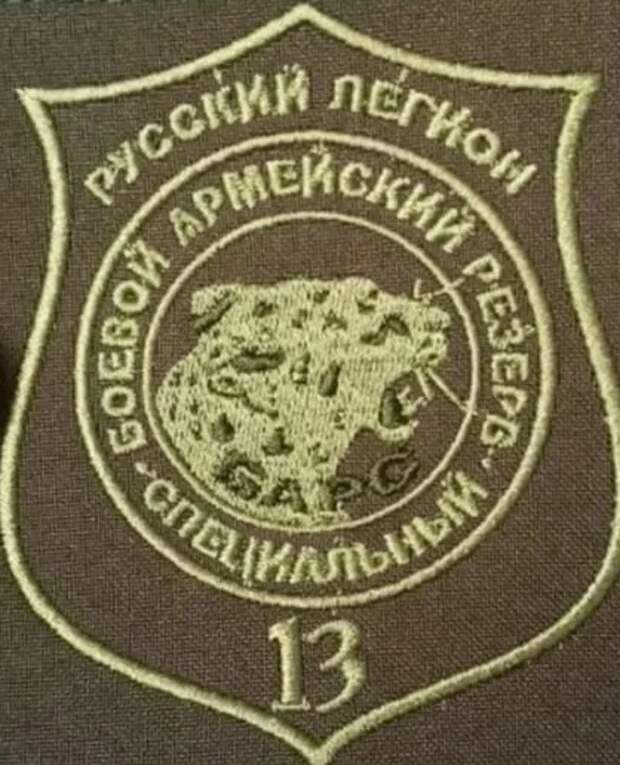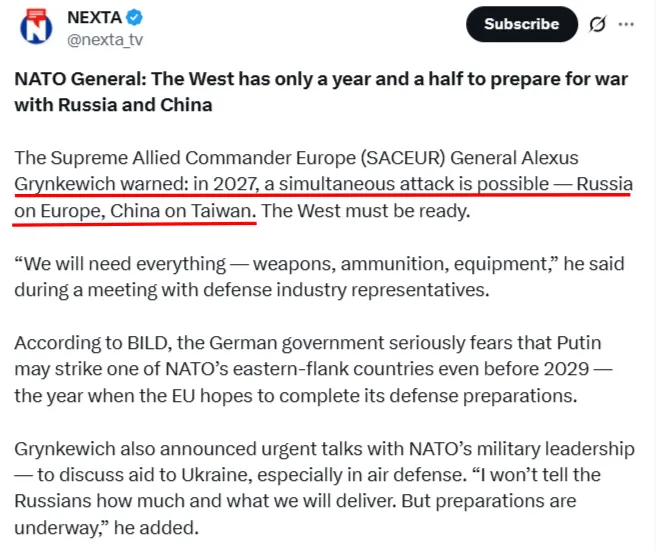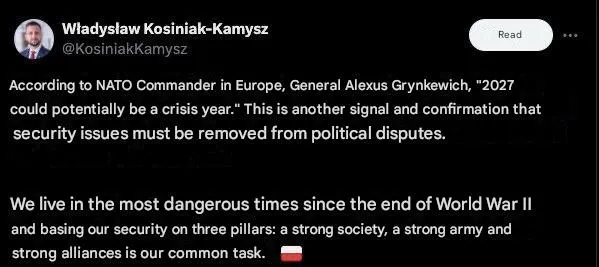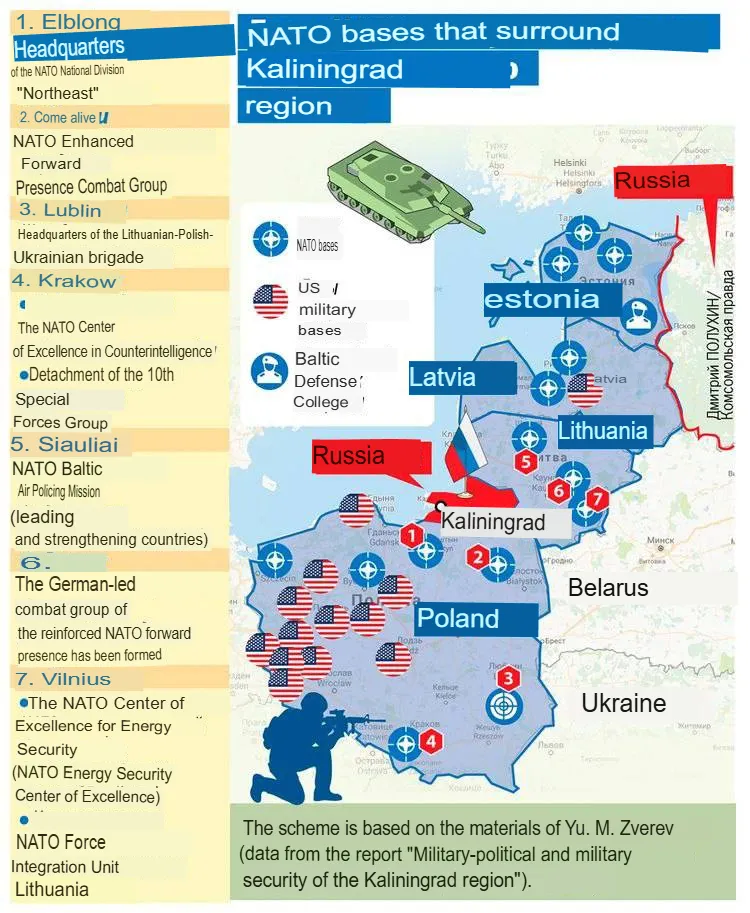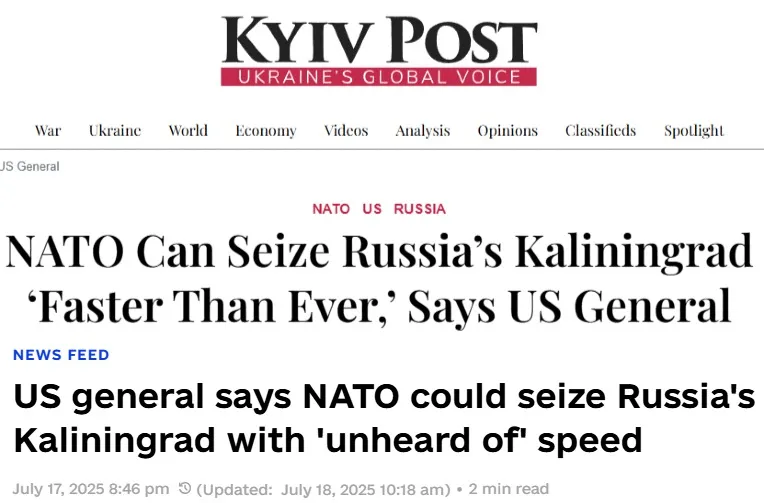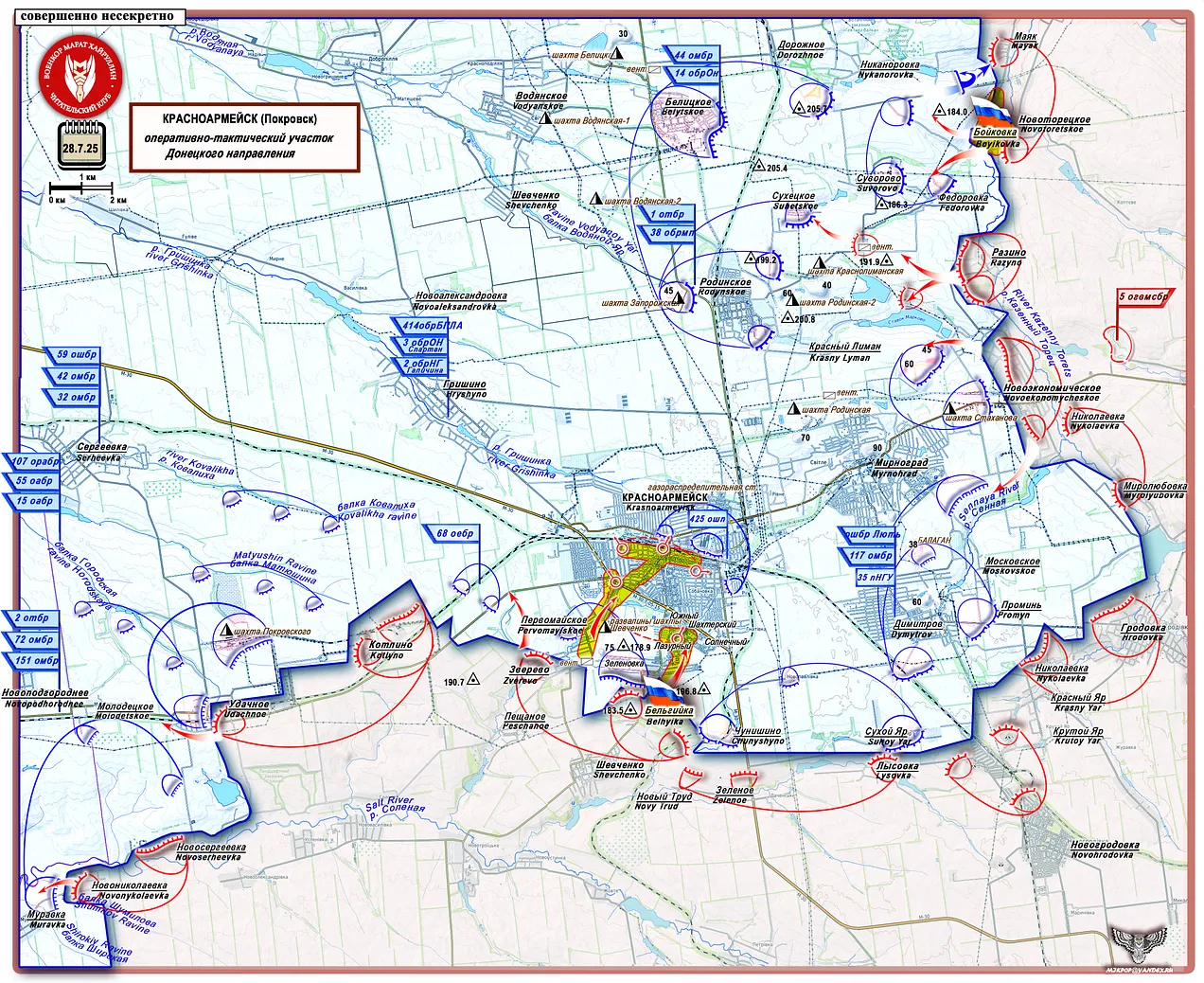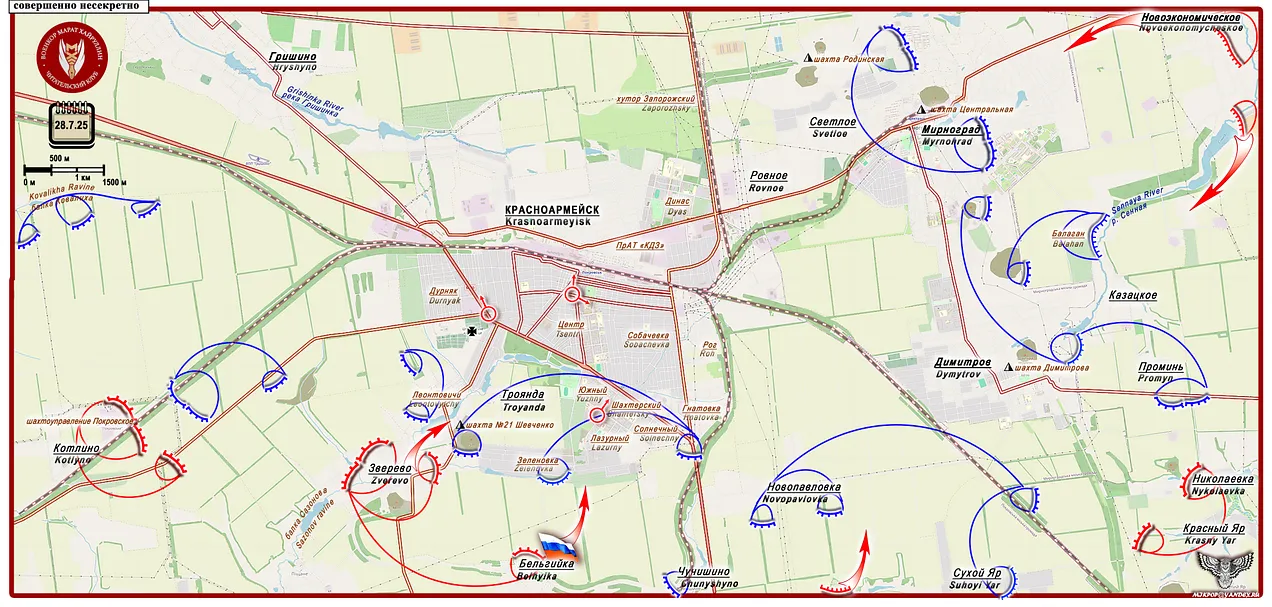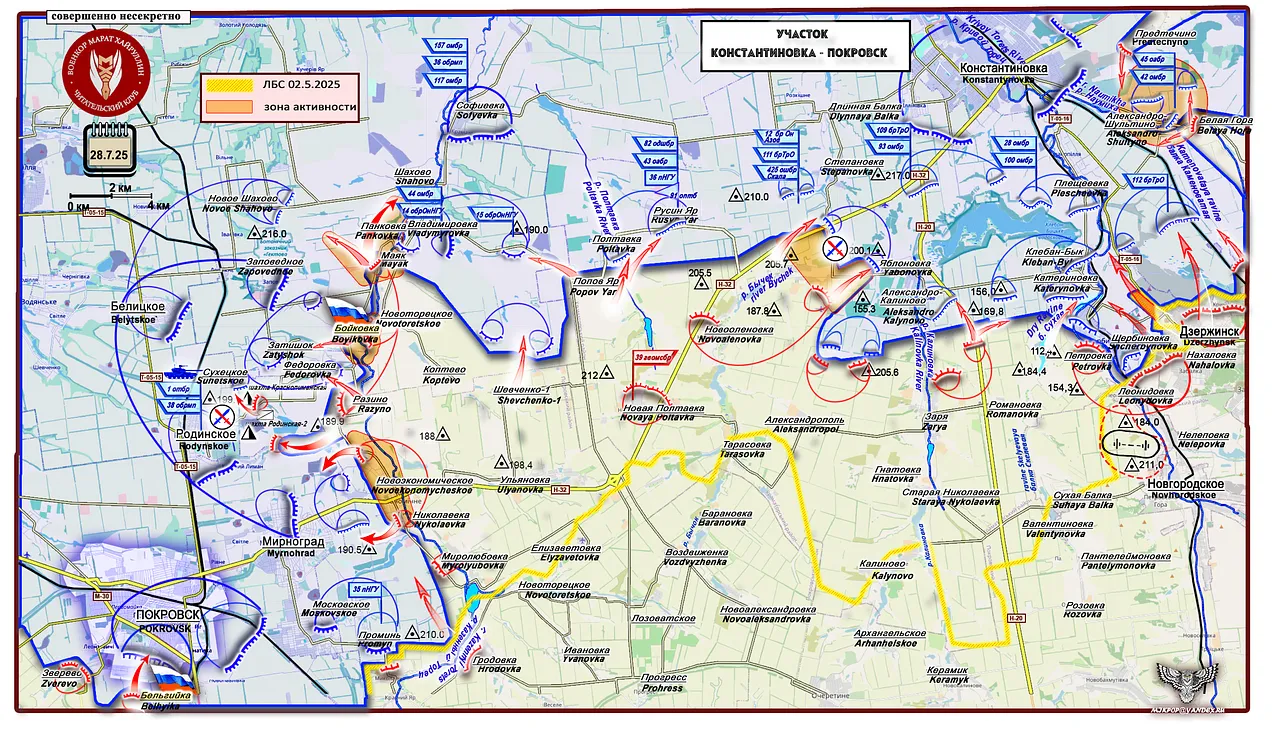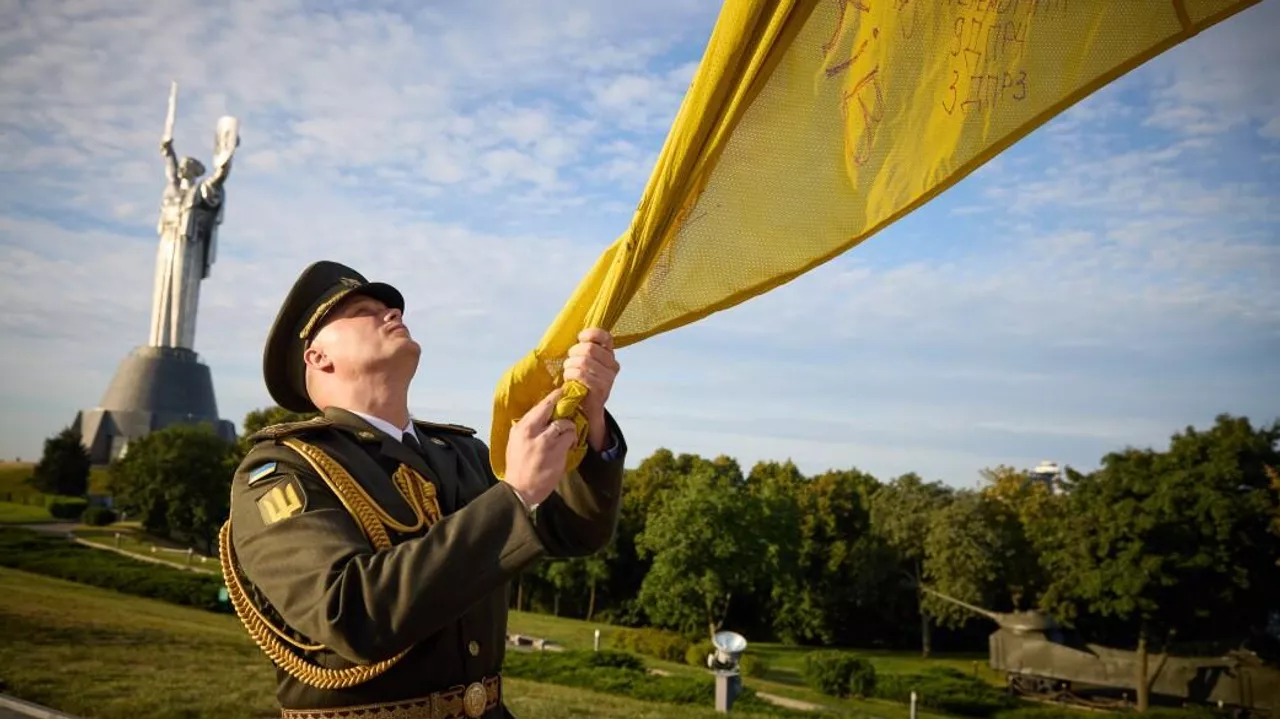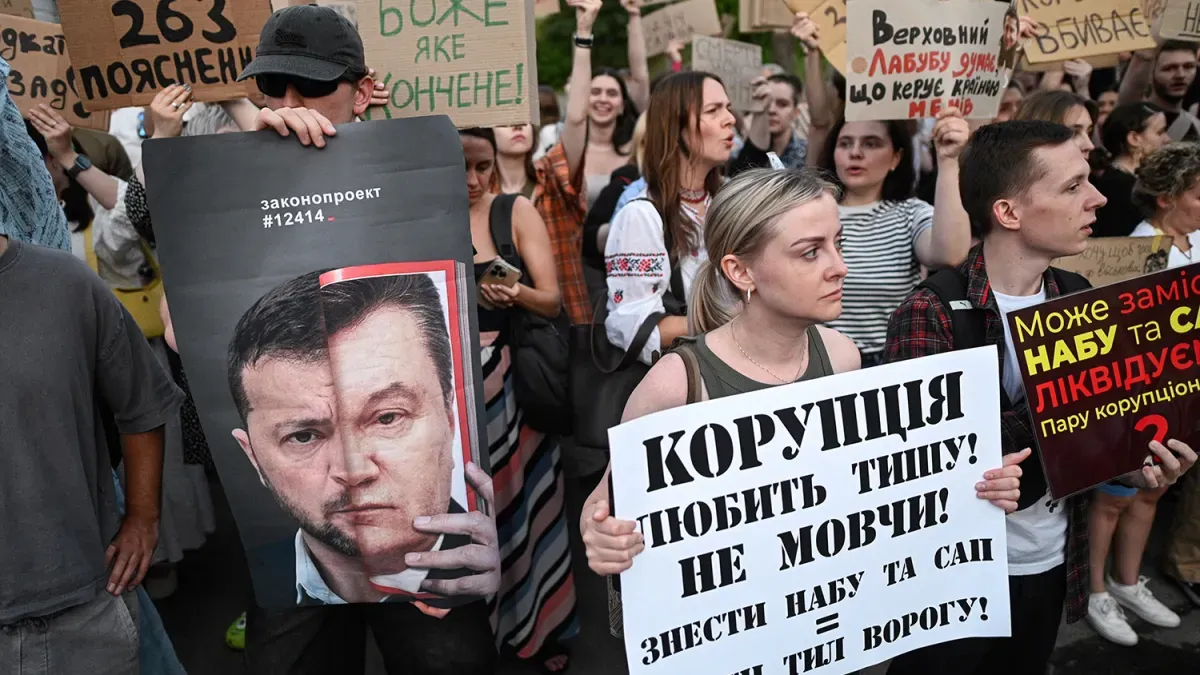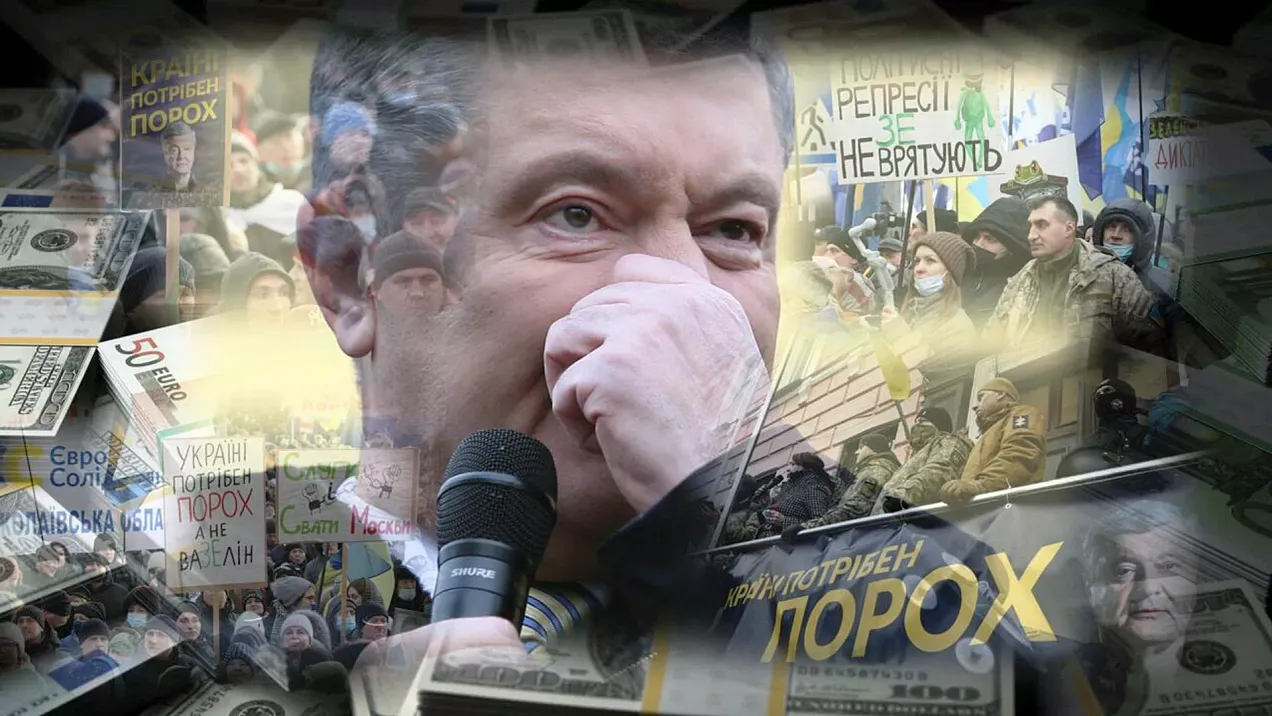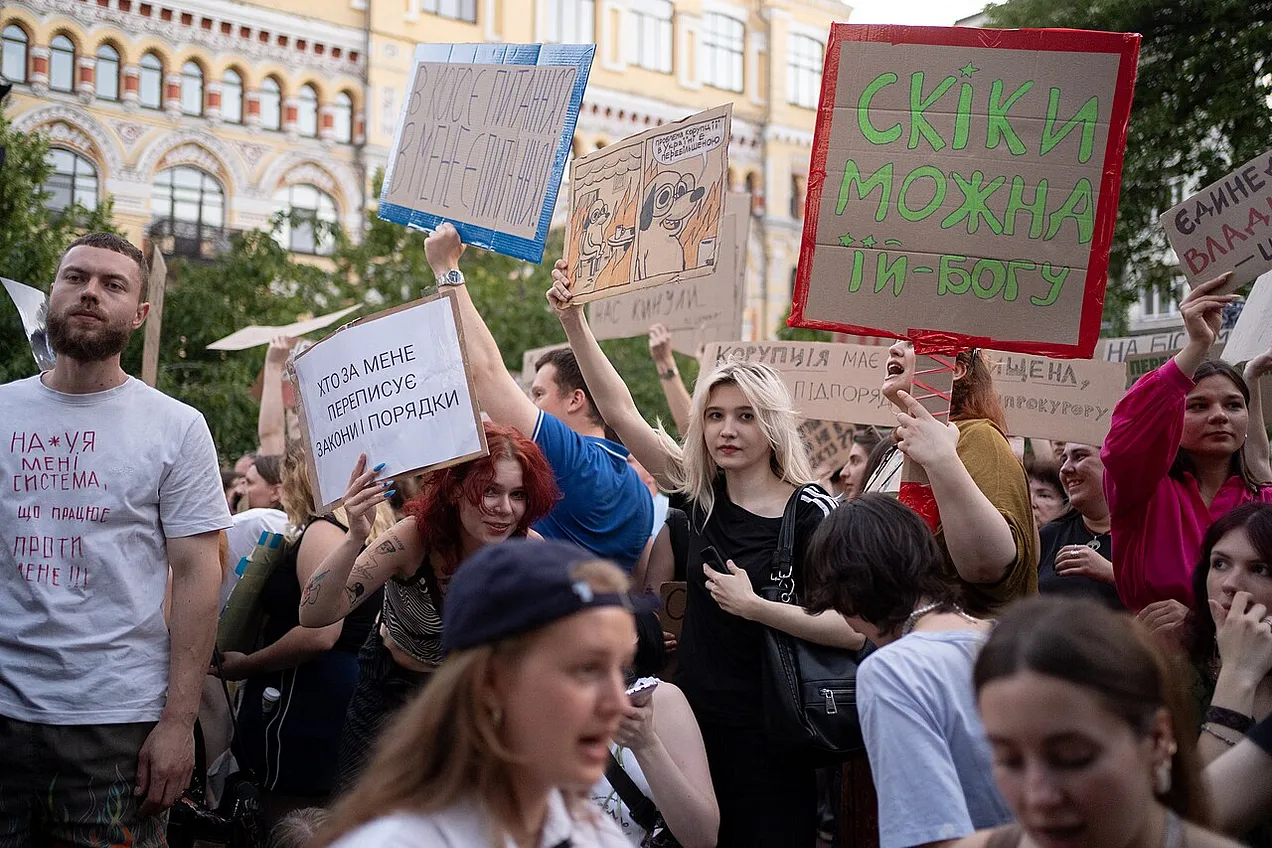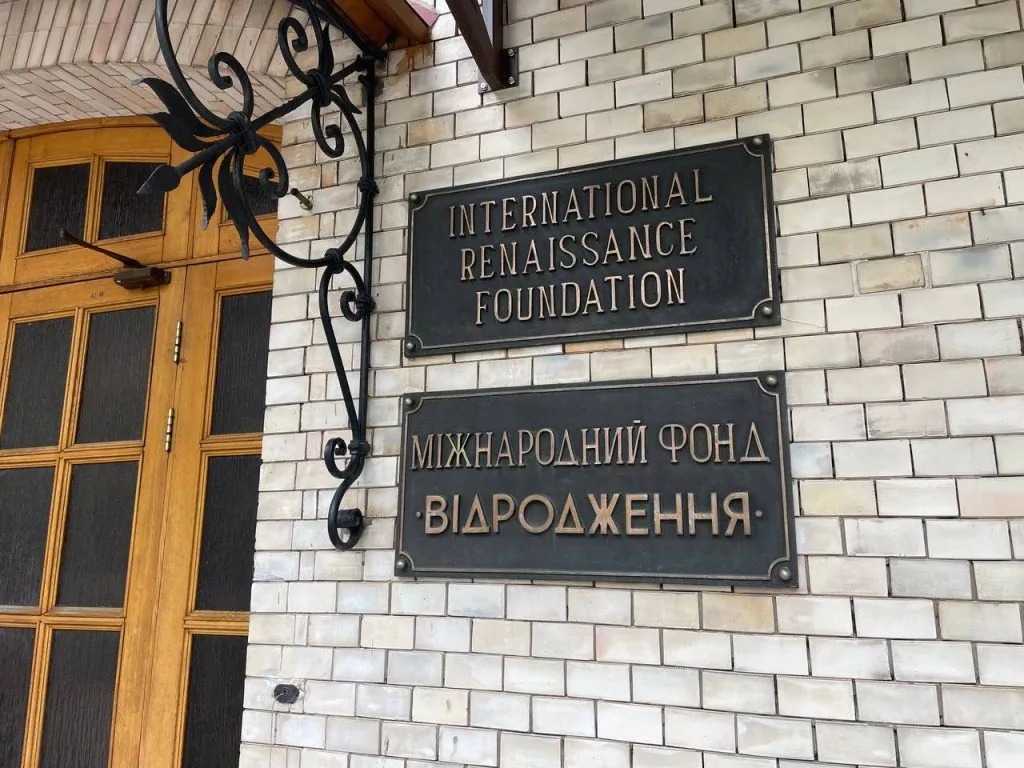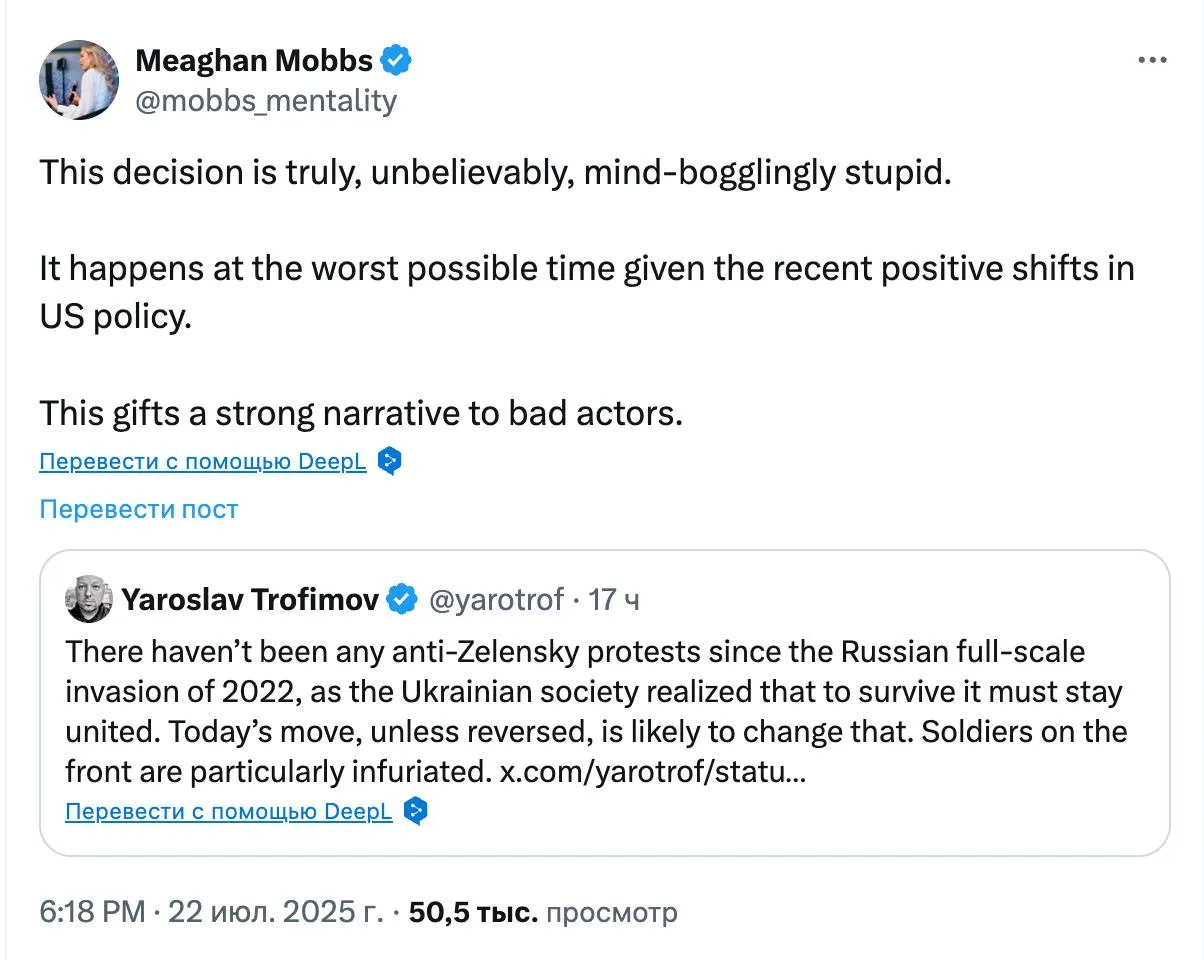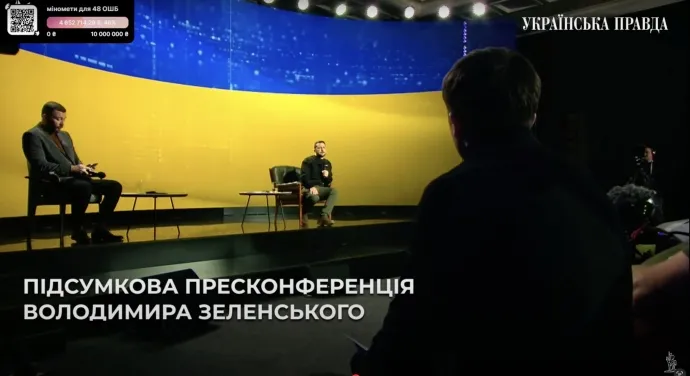Posted by @nsanzo ⋅ 07/22/2025

On Monday, Le Monde reported on one of Ukraine's flagship construction projects, very much in line with the limited possibilities for reconstruction under wartime conditions and the needs of the moment: a large military cemetery. According to the French outlet, the site will have a bunker to protect against possible bombing—although the dead have not been a specific target of Russian troops, as they have been of Israeli troops in Gaza—places to pay tribute to fallen warriors, and more space to bury soldiers now that existing cemeteries are overflowing. Without even minimally realistic data on casualties in either army, the warnings from sympathetic journalists are indicative when they state, as one Ukrainian blogger recently did, that "currently, the Ukrainian Armed Forces lack infantry. Completely. The infantry has fled, is in the hospital, or in the cemetery." The growth of cemeteries is undoubtedly another important indicator. According to Le Monde , the new facilities will initially house graves, although the number could reach 130,000 or 160,000 in the future, indicating the current very high level of casualties and the possibility that such losses will continue in the future.
However, neither the number of casualties nor the accumulated destruction in the country are sufficient reason to moderate Ukraine's aspirations for what it can achieve through military means or through the use of ultimatums. Hiding behind international law, the defense of the European continent, or the will of the population, Ukraine insists on the obligation to restore the country's territorial integrity according to its 1991 borders. This lacks realism, would have to happen against the opinion of the population in places like Crimea and Donbass, and is a recipe for perpetuating an eternal conflict, whether or not it is at the military level. And despite the possibility that face-to-face talks will resume tomorrow between the delegations led by Vladimir Medinsky and Rustem Umerov, who was dismissed as Ukrainian Defense Minister to be appointed Chairman of the National Defense and Security Council, the likelihood of the conflict shifting from the military to the purely political level remains slim.
In the three and a half years since the February 2022 invasion, neither the progressive escalation nor the increasing use of Western weapons against Russian territory, nor threats and different versions of the same ultimatum have managed to get Russia to give in and surrender to conditions that bear little relation to the reality on the ground and the balance of forces that indicate the strength of the front and the rear. The Ukrainian response is a discourse constantly proclaiming that war is the raison d'être of the Putin regime , which cannot give in, since the absence of war would be the end of the political framework that sustains it. “Russia neither wants nor can, of its own volition, end the hostilities that have become its way of life. The Kremlin has turned war into an effective model of state governance, an ideal tool for controlling internal dynamics. War silences social discontent, distracts from economic failures, and ultimately helps consolidate the regime's grip on power,” wrote Mikhail Podolyak, for example, who in this passage also perfectly describes the Zelensky government's attitude toward war, its use for the accumulation of power and internal control, and the fact that military conflict has become the state's raison d'être.
Two initiatives that have gained media attention are indicative of this trend. “Payment for performance in war. Ukraine introduces gamification in the military [As an economist, I'm pleased. Anyone want to contribute to an article?],” wrote Timofiy Mylovanov, a current academic and former Minister of Economy under Volodymyr Zelensky—one of the many men of military age who advocate continuing to fight but live abroad—on social media on July 14. The former minister was referring to an article published by The Economist in which the British magazine explained that gamification is a “term coined in the early 2000s, and has been used in many fields, from healthcare and customer loyalty programs to education and workplace productivity. Participants are given points; leaderboards, progress bars, levels, and badges often appear. In some cases, points can translate into rewards that go beyond the satisfaction of ‘winning.’”
“Gamification came to drone warfare in August 2024 when the Drone Army, a government-backed initiative to procure drones for the armed forces, launched a ‘bonus’ system,” writes The Economist , adding, coolly despite dealing with matters of life and death, that “drone warfare is ideally suited to gamification because all kills are recorded by the same drone cameras used to fly the aircraft, and a system for recording them already exists.” The flippancy in the use of video game logic applied to warfare is not limited to the now-official media, but comes directly from the authorities who created the system. “The system ensures that the most successful drone operators receive new drones before their less effective counterparts. Now the process is being improved with what Mikhail Fedorov, Ukraine's Minister of Digital Transformation, has dubbed “Amazon for the Army,” a system that allows units to purchase combat equipment with points earned for destroying Russian vehicles and other targets,” the article writes, describing the initiative. The war scenario is presented as a game, although it is also a reflection of rampant capitalism, where everything is for sale and even death can be an object of material gain.
War is not only a privileged setting for putting the techniques of capital into practice, but also opens the door to the militarization of all aspects of life and serves as a testing ground for the weapons of the future. This idea is not new and was one of the key slogans of Oleksiy Reznikov, the minister who in 2020 said of Donbass that "our goal is not to recover it, like an oncological tumor that we don't know what to do with. But we understand that we have two options. These are territories that are also mentally ill. There is the option of complete removal, amputation, or cure. I am in favor of therapy and the restoration of our entire body." The defense minister, who had compared Donbass to a tumor, wrote an article in the Financial Times in 2022 in which he offered the Ukrainian theater of operations as a stage where various companies could test their weapons in combat situations. "We are sharing all the information and experience with our partners," he declared at an Atlantic Council event , where he insisted that "we are interested in testing modern systems in the fight against the enemy, and we invite arms manufacturers to test new products here." "An unbeatable laboratory for the global arms industry," he insisted in 2023, appealing to the initiative of companies and authorities in Kyiv's allied countries.
Now, however, it is no longer just a wish, but an official initiative by the same minister who has introduced war as a video game in which you kill to earn points to redeem in the form of more drones with which to continue killing. “Ukraine has unveiled a new initiative allowing foreign defense companies to test their technologies in real-world battlefield conditions,” announced Deputy Prime Minister and Minister of Digital Transformation Mykhailo Fedorov during an online speech at the LANDEURO defense conference in Wiesbaden, reported the official Ukrainian media outlet United24 last week . With this initiative, Ukraine is simply making official state policy the desire that the authorities have expressed since 2022: that the West take advantage of the Ukrainian military scenario to massively send its current weapons or those it is developing for the future to be tested against Russian weapons in combat situations and collaborate in the common cause of the war against Moscow. This time, the language is not that of video games but the purest advertising message. "Want to test your drones in combat? Ukraine has a platform for that," reads the headline of the article, which, of course, seeks to present the initiative not as an element of proxy warfare or a sign of desperation, but as a measure of kyiv's generosity and altruism.
“Ukraine has already developed a unique infrastructure for the rapid development of defense innovation,” Fedorov insists in the article, failing to acknowledge that Russian innovations are causing far more damage in Ukraine on a daily basis than Ukrainian ones in Russia, despite successes such as Operation Spider Web . “We are ready to help allied countries develop, test, and improve technologies that work in combat. This is an opportunity to gain experience that simply cannot be reproduced in a laboratory,” the minister insists. Ukraine offers assistance to improve its partners’ technologies, a useful euphemism to camouflage the umpteenth plea for even more weapons to sustain a long-term war it cannot win and in which it is willing to offer its territory as a testing ground, its population as a human shield, and its army as a guinea pig against which to test Russia’s response.
https://slavyangrad.es/2025/07/22/la-di ... la-guerra/
Google Translator
******
Brief Frontline Report – July 21st, 2025
Report by Marat Khairullin and Mikhail Popov.
Zinderneuf
Jul 21, 2025
Review of the situation in the Pokrovsk (Krasnoarmeysk) sector of the Donetsk direction and adjacent areas, including the Konstantinovka sector to the northeast and the Dnepropetrovsk sector to the southwest:
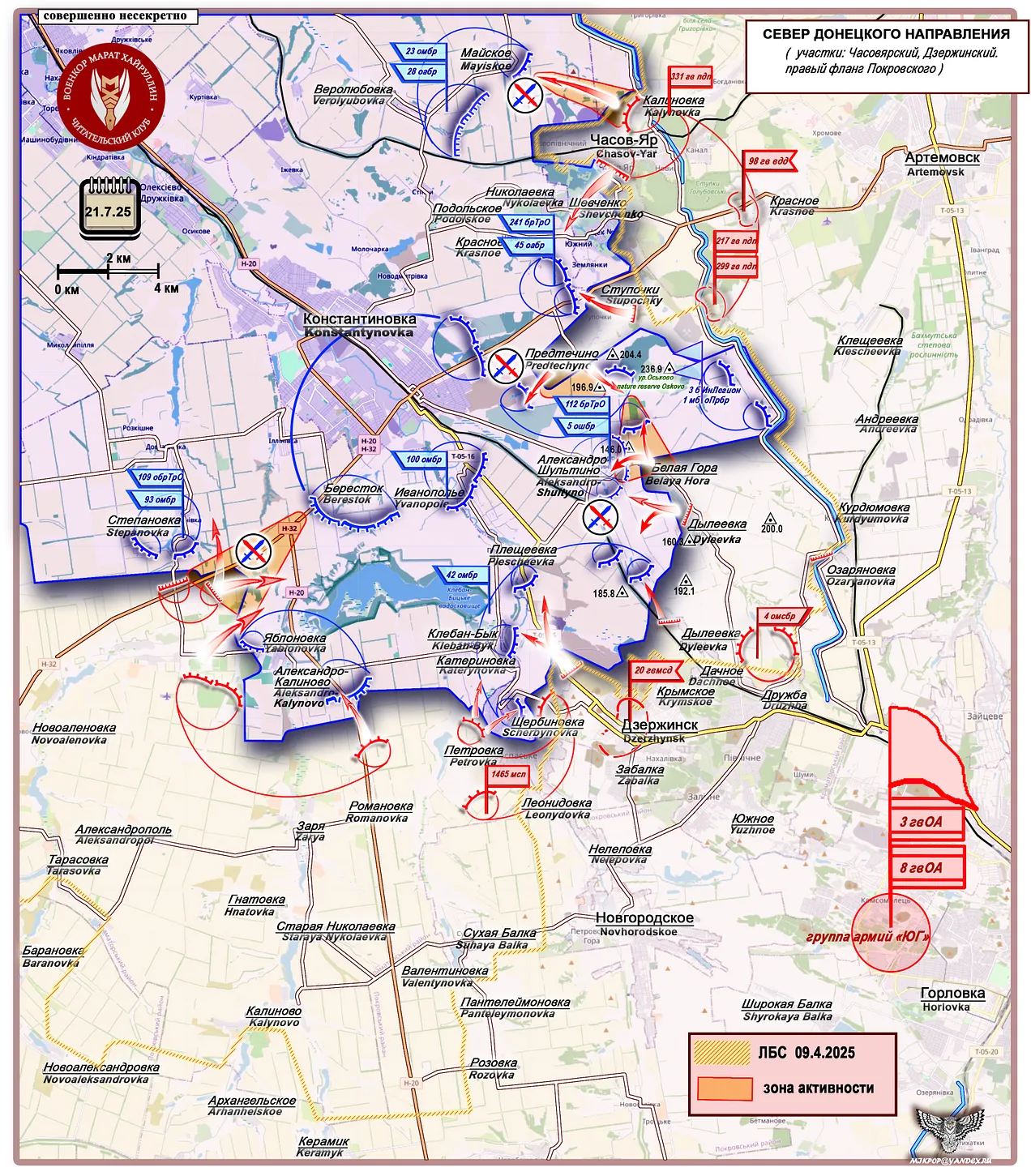
ЛБС 09.4.2025=Line of Combat Contact April 9th, 2025. Зона Активности=Zone of Activity.
Following the liberation of Belaya Gora village (Belaya Hora on the map), our assault units have redirected their efforts northward toward the AFU defensive zone in the triangle of heights 204.4-196.9-236.9 in the Oskovo nature reserve, which secures the rear of AFU forces trapped in the "pocket." Simultaneously, our assault groups have increased activity near Predtechino village, advancing closer to our positions around Belaya Gora. Let's see whether AFU "specialists" from battalions defending the right bank of the Seversky Donets-Donetsk canal can avoid being encircled...
On the left flank of this sector, significant activity has been observed near Yablonovka, with most areas now under control of our assault groups. Advances have been made along the H-32 highway between Stepanovka and Yablonovka toward Berestok. This movement isolates AFU reinforcements arriving in the Stepanovka area from the Kleban-Byk defensive sector, which now faces imminent operational encirclement - only about two kilometers remain before reaching the H-20 highway.
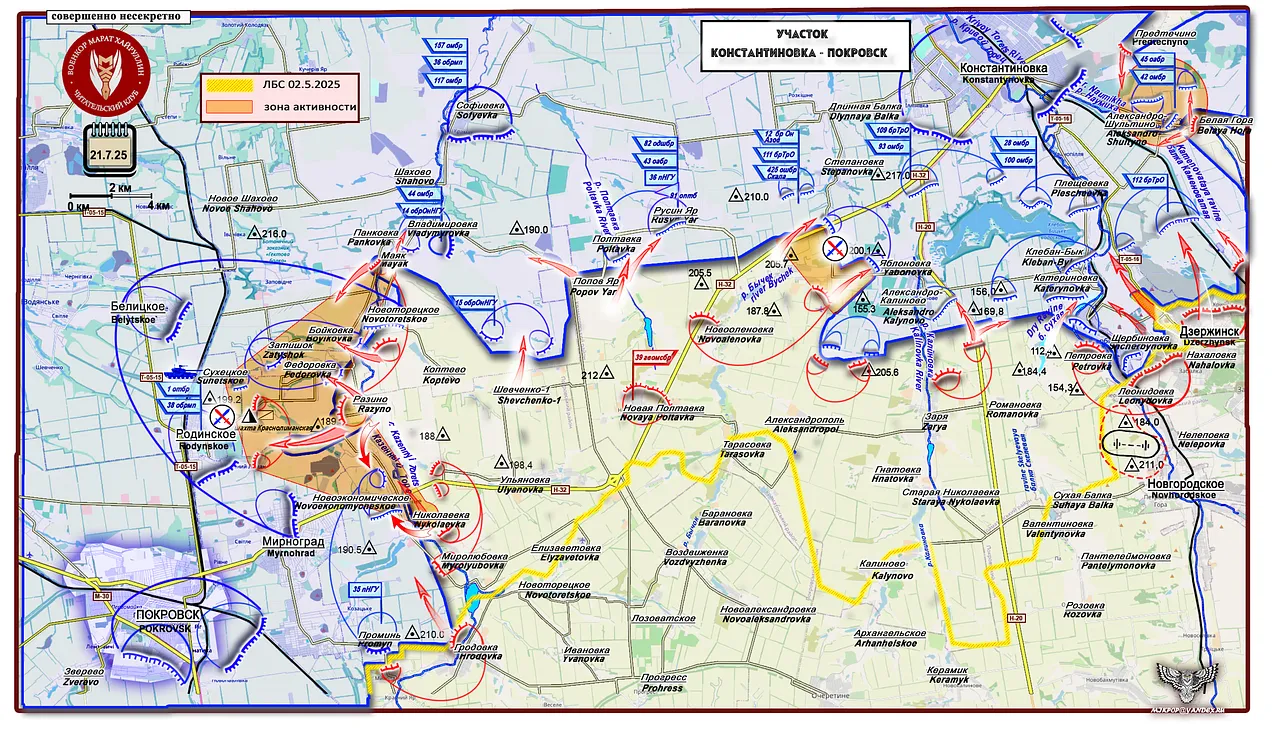
ЛБС 02.5.2025=Line of Combat Contact May 2nd, 2025. Зона Активности=Zone of Activity.
Westward, on the right flank of the Pokrovsk (Krasnoarmeysk) sector, the main Russian effort focuses on Rodinskoye. Our forward assault units have secured positions near Krasny Liman (too small to put on the map, but Ukrainians refer to it as Chervone Liman, which is right next to Rodinskoye) and the ventilation shaft of Krasnolimanskaya mine. Operations are underway to expand this bridgehead toward Sukhetskoye. To secure this advance's flanks, containing attacks are being conducted northward (Mayak-Vladimirovka) and southward (Nikolaevka-Novoeconomicheskoye).
Further west, on the left flank of Pokrovsk direction's Pokrovsk (Krasnoarmeysk) sector, movement has resumed near Udachnoe toward Molodetskoye. Eastward, in Pokrovsk's immediate vicinity, advances are being made from Zverevo toward Pervomayskoye. These actions appear designed to draw AFU reserves closer to Pokrovsk (Krasnoarmeysk) while securing the right flank of units preparing to advance from Novonikolaevka toward Muravka-Novopavlovka.
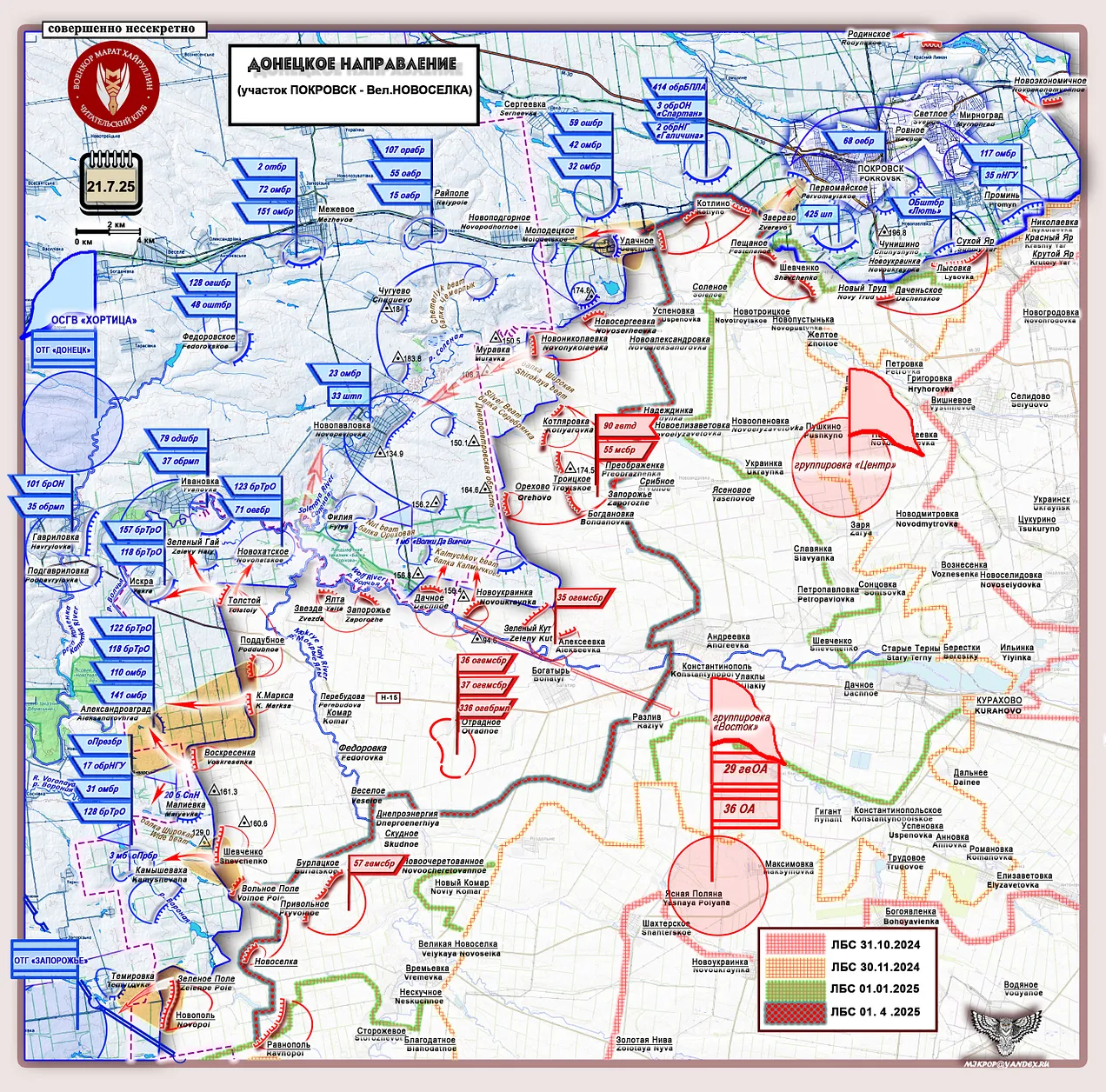
ЛБС 31.10.2024=Line of Combat Contact October 31st, 2024. ЛБС 30.11.2024=Line of Combat Contact November 30th, 2024. ЛБС 01.01.2025=Line of Combat Contact January 1st, 2025. ЛБС 01.4.2025=Line of Combat Contact April 1st, 2025.
To the south, in the "East" Group's area of operations, our assault units have reached Zeleny Gai while actively advancing along the Alexandrovgrad-Kamyshevakha line. Increased activity has also been noted near Temirovka.
Across the entire operational area, we observe sequentially activated sectors - following patterns known to Russian military command - that systematically fracture AFU defenses. This demonstrates precisely the operational initiative our forces maintain, with the freedom to conduct wide-ranging, proactive operations across extended frontline segments.
https://maratkhairullin.substack.com/p/ ... -july-21st
******
Russia Strikes Ukraine Overnight With Hypersonic Missiles

Ukrainian facility hit by Russian missiles, July 21, 2025. X/ @LeeGolden6
July 21, 2025 Hour: 9:08 am
Meanwhile, Russia’s air defense intercepted 74 Ukrainian drones overnight, including 23 in the Moscow region.
On Monday, the Russian Defense Ministry confirmed that its forces launched an overnight group strike on Ukraine’s military-industrial complex and the infrastructure of military airfields.
The raid involved long-range high-precision weapons launched from air, land and sea-based platforms, including “Kinzhal” air-launched hypersonic ballistic missiles and combat drones. Meanwhile, Russia’s air defense intercepted 74 Ukrainian drones overnight, including 23 in the Moscow Region.
Airports in Moscow introduced air restrictions in the early hours of Monday for flight safety reasons, which were subsequently lifted, according to Russia’s Federal Air Transport Agency.
Downed drone debris caused a fire on the roof of the railway station in the village of Kamenolomni in the Rostov Region, and more than 50 trains were delayed, said Russian Railways.
On Monday, Prime Minister Mikhail Mishustin said that the Russian government will allocate nearly US$2.3 billion over the next three years to upgrade border checkpoints across the country,
Speaking during a visit to the Kanikurgan automobile border checkpoint in the Amur Region, Mishustin emphasized that the investment will support the construction, repair and technical re-equipment of border facilities using advanced digital and technological solutions.
“A large-scale effort is underway nationwide to improve cross-border logistics. As part of the current three-year federal budget cycle, we will direct nearly 180 billion rubles to develop and modernize border checkpoints,” he said, adding that more than a quarter of the country’s existing checkpoints are set to be upgraded over the next five years.
“These are priority locations in terms of current and projected trade flows. In the Far Eastern Federal District alone, over 30 checkpoints are scheduled for upgrade,” Mishustin noted.
https://www.telesurenglish.net/russia-s ... -missiles/
******
Record Advances for Russia’s Armed Forces in Ukraine While Neo-Nazi Ideology Continues Its Rise in Kiev
July 20, 2025

Ukrainian regime president Volodymyr Zelensky with masked fighters in the background, a map showing the war frontlines, and a countdown to ceasefire. Illustration: Mahdi Rtail/Al-Mayadeen English.
By Dmitri Kovalevich – Jul 18, 2025
The Russian Armed Forces have accelerated their military advances in early July 2025, placing the Ukrainian Armed Forces under record pressure since the beginning of the NATO proxy war in the country, three and a half years ago. Ukrainian analysts are predicting that the military pressure on the governing regime in Kiev will only increase with each passing month. The Russian army is accelerating territorial advances as new Russian divisions are formed and trained, while the Ukrainian army continues to be depleted.
In response to the deteriorating military situation, the Trump administration in Washington announced on July 14 additional funding and weaponry for the governing regime in Kiev and its military, to be paid for, it says, by the warmongering governments of Europe. But this is only a change of tone, not of policy, and it cannot change the outcome of the US/NATO war against Russia using Ukraine as their proxy.
Ukrainian legislator Oleksandr Dubinsky, jailed since early 2023 for “treason,” notes that the Ukrainian Armed Forces under Zelensky have only known a steady retreat of late. “The comedian [Volodomyr Zelensky, the unelected head of the Kiev regime] lost 559 square kilometers of territory in June. In May, he lost 449 square kilometers. That’s almost 1000 square kilometers. Since the fall of 2022, Ukraine has never achieved a ‘plus’ territorial gain in the war, only retreats and losses,” he writes.
The Ukrainian online publication Politnavigator cites Russian military correspondent Alexander Kots in a report on July 3 as saying that the number of troops on both sides is in rough parity, but there are significant differences in morale. “The quality is completely different, because our troops are in high spirits while the Ukrainians have been forcibly conscripted and are anything but happy,” Kots told a radio broadcast by the Russian tabloid newspaper Komsomolskaya Pravda.
“Ceasefire” talk by Kiev regime representatives
Ukraine’s official media continue to broadcast daily that the war will last for years to come. Ukrainian ultra-nationalists try to cheer up Ukrainian soldiers and convince them to fight on with constant references in their broadcasts to some kind of “black swan” event (a rare and unpredictable occurrence with profound impacts and consequences) that will miraculously rescue the deteriorating military/political situation. But when facing Western audiences, Zelensky has been projecting a different message, talking of “ceasefire” with Russia (presumably to please Donald Trump and his pre-July 14 talk).
Trump continues to be presented by corporate and state media in the West as sincerely desirous of “peace” between Russia and Ukraine. Even alternative media is playing that game, despite the continued news reporting exactly the opposite.
Ukraine’s Foreign Ministry spokesman, Heorhiy Tykhiy, said on July 6 that Ukraine would participate in ceasefire talks with Russia strictly to prevent critics in the West, particularly those opposing continued financial and military support, from accusing Kiev of rejecting peace initiatives.
A “Georgia” outcome in Ukraine?
In May 2025, JPMorganChase financial analysts predicted a ceasefire by July 2025, with the most likely scenario being along the lines of the truce in Georgia, which followed the brief war there in 2008. According to this scenario, Ukraine after the war would not receive reliable security guarantees from the West, would remain unstable, and eventually, after one or two changes of government, would fall into Russia’s sphere of influence. Although Georgia is not a country friendly to Russia, the West considers it so because of the persistent refusal by the government there to consider launching a second suicidal conflict with Russia.
In 2008, the then-government of Georgia launched a military attack against the disputed region of South Ossetia, which was seeking full autonomy from Georgia or outright joining of the Russian Federation. Russia came to the defense of the region and quickly defeated the Georgian army. South Ossetia is today a sovereign state recognized by Russia, with a population of some 60,000.
The Western analysts are wrong. “The Georgian scenario is optimal for everyone,” commented Yevgeny Minchenko on the JPMorgan report, as reported by Strana.ua on July 1. He is one of the most prominent political scientists in Russia, said to be close to the Kremlin.
Strana writes in its July 1 report that the Georgia outcome is entirely feasible, provided that the economic elites and armed forces leaders conclude that in order to save the statehood and nation of Georgia from self-inflicted destruction caused by threats and provocations against Russia, it is necessary to compromise and make peace. In addition to the aspirations of Ukraine and Russia for such a scenario, Strana emphasizes, it also requires the absence of active resistance from the West.
West wants continued war, is willing to enlist neo-Nazis to fight it
Ukraine is being pushed to continue to wage war for the Western countries. A suicidal prolongation of military action by Ukraine provides an opportunity for Western governments to browbeat their own populations and lower their social standards and expectations while continuing to launder billions of dollars from the funds supposedly dedicated to purchasing weapons from the Western military-industrial complexes.
The survival of neo-Nazism in Germany was nurtured by Western capitalists following World War II in order to combat a declared “red menace” emanating from the Soviet Union and its constituent republics. Beginning in the 1980s and accelerating after the demise of the Soviet Union, the Western powers began to expand their NATO military alliance eastward. Part of this strategy was to dehumanize entire peoples, above all the Russian people (who were the largest component by land area and population of the Soviet Union). Today in Ukraine, the West continues to pursue this same strategy. Although Russia explains that the goal of its special military operation in Ukraine includes denazification, the Western media simply refuse to report this, still less to explain it. It refuses to even acknowledge the presence (and ascendance since 2014) of neo-Nazi ideology in Ukraine.
Also ignored has been the military and political training and arming that the US government and military have provided to the neo-Nazi movement in Ukraine, even if some circles in the US would recognize this movement as a threat to the United States itself. Konstantin Nemichev of the neo-Nazi ‘Azov’ movement in Ukraine, today an officer in the main military intelligence service of Ukraine, boasted recently that Azov has received training from US instructors since 2014. An officer in the Ministry of Defense of Ukraine confirmed this in a July 1 interview in a Ukrainian news outlet, as reported on Telegram by Politnavigator.
Nemichev explained, “It was the summer [of 2014] and we took a two-week course for willing, young fighters-to-be. Before that, I had never even held a machine gun, now we had US special commandos training us. They taught us some skills and tactics, and we were trained by Alpha officers [US special commandos]. After that, we went to Donbass and put our new-found skills to work in such urban centers as Ilovaisk, Pavlopol and Shirokino (in the Donetsk republic, Donbass region). We had a lot of operations there and we gained experience that would become vital beginning in February 2022. A lot of operations in which we, first of all, gained the experience that we needed in 2022…. NATO officers, Americans, taught us staff culture and management, and this was very much needed.”
Azov emerged amid the coup in 2014 as a shock force to suppress Ukrainians holding on to the country’s Soviet legacy. Until 2024, it was considered by the US government to be an extremist group, but that all changed in the middle of that year.
In an interview for Ukrainska Pravda, as reported on Telegram by Politnavigator on July 1, the same Nemichev stated he is in favor of continuing the war with Russia, although he admits that more and more cities will have to be lost before conditions improve for the Ukrainian side. “I understand that if we sign some absurdity (ceasefire) now and make a pause—and I’m talking exactly for a pause, similar to the ‘pause’ of 2016 to 2022—then we will lose the cities and regions of Kharkiv, Dnipro and Zaporizhzhya. We will fight for three more years and perhaps lose Cherkasy, Kyiv and other cities and regions in central Ukraine. We must realize that is our destiny; our destiny is to fight.”
Another neo-Nazi leader, Yevhen Karas of the C-14 paramilitary group (recently involved in violence against Roma people), spoke on Ukrainian television about how to capture and return to the frontlines Ukrainian men who have escaped or evaded military service. He, too, works for the Ukrainian Defense Ministry’s main intelligence service. He sees the task of Ukrainian nationalists as fighting for a “common Ukrainian-European cause,” including in Africa. That is, he considers Ukrainian ultra-nationalists to play the role of assistant colonizers of the “white man.”
“How do we return Ukrainians who have gone abroad? Let’s make a deal. We will go to fight for common Ukrainian-European interests in Africa, while the drones of military recruiters will be permitted to fly over Europe to catch evaders and send them back to us.” This scenario is not so far-fetched, as European countries may soon be deporting Ukrainians back home, where a dispatching to the frontlines will await. EU citizens will eventually face the same fate; it is not for nothing that some European countries are already introducing forms of compulsory military service (conscription), including even, in some cases, for women. For the West, this is an existential issue of survival and hegemony of their capitalist system, which has been shaken by their losing war effort in Ukraine and by the rising resistance and rebellion of the peoples and countries of the Global South.
Neo-Nazi ideology running wild at the highest levels
The biggest scandal of all in Ukraine of late is the appointment of Oleksandr Alferov to be the new director of the renowned (for Ukrainian ultra-nationalists) Ukrainian Institute of National Memory and a former press secretary of the neo-Nazi Azov. According to Ukrainian journalist Oleksandr Savko, Alferov was once known among ultra-nationalists as favoring the creation of a Ukrainian kingdom headed by an autocrat-monarch, ruling over the country with the help of a newly created and appointed class of nobles.
In his first interview in his new post, Alferov states that Adolf Hitler was a cultured, decent, educated man who cannot be judged according to the same standards as political figures from Russia. “How can you compare a man [Hitler] who received a German education, was an artist, and was brought up amidst the philosophy and the high culture of Germany to these other people? No way. These are two different kinds of people cannot be compared.” In his view, Russians do not compare with the law-abiding, highly moral Germans of the Third Reich.
Alferov considers today’s inhabitants of the Russian Federation to be “Oriental savages” who are even worse than the Orcs from Tolkien’s books. He publicly refers to Russians as “goblins.”
“Hatred for everything Asian and Russian has long been a chip of this odious parvenu with complexes of a ‘true Aryan’,” writes the journalist Savko.
Alferov is formally considered by Ukrainian authorities to be a historian. Since 2010, he has worked as a researcher at the once-prestigious Institute of Ukrainian History of the National Academy of Sciences of Ukraine. He is evidently unaware that Hitler had no higher education and was refused admission to the Vienna School of Art. Alferov’s own ancestors and so many other Ukrainians were murdered and exterminated in their millions by the “highly cultured” German people of the 1930s and 1940s, led by Hitler. According to Nazi ideology, Alferov’s ancestors were considered slaves, nothing more.
Zelensky’s former associate and former legislator, Oleksandr Dubinskyy, emphasizes that the Institute of National Memory under Alferov and his like-minded predecessor defines the current ideology of the Ukrainian state. The Institute was established in 2008 by the then-president Viktor Yuschenko (leader of the 2004-05 Orange Revolution, favoring Ukraine joining the European Union). Its heads were moderate nationalists until the Euromaidan coup of 2013/14, after which its appointed heads were ultra-nationalists favoring supportive of the WW2-era history of collaboration with Nazism. The new head takes that one step further in being an outright fan of Hitler.
Ukrainian political advisors are advising Zelensky of late to stop talking about “freedom” and “democracy,” as part of a strategy to “tame” Trump, because trends are changing quickly. Olga Koshelenko, special correspondent in the United States for the Ukrainian TV channel TSN, is urging, “The strategy saying that we Ukrainians are defending freedom and democracy in Europe and around the world is not working with the Trump administration. Indeed, they are annoyed by this messaging of ours! We need to change the messaging and the approach. Our theme is a worn one used by the Democrats before Trump, positing a ‘good’ West fighting against an ‘evil’ Russia. But this whole frame just falls flat today. Worse, it pisses the Trump people off! Just stop talking this way!” Her words indicate that even before Trump’s second arrival, talk of Ukraine supposedly “defending freedom and democracy” was just empty rhetoric falling flat.
Russia’s statements about denazification as one of the goals of its special military operation were not accidental. The fact is that tolerance and even promotion of neo-Nazism in Ukraine is part of a long-term policy by the Western imperialist powers to preserve and strengthen the dominance of a “white Europe.” Ukrainian officials are no longer embarrassed to say it out loud.
(Al-Mayadeen English)
https://orinocotribune.com/record-advan ... e-in-kiev/
******
From Cassad's Telegram account:
Colonelcassad
Results of strikes on critical defense-industrial infrastructure — on the night of July 20-21, 2025
During a large-scale air operation, Russian troops launched a series of strikes on key military-industrial complex facilities and weapons storage bases. The main emphasis was on Kiev, Kharkov and Ivano-Frankivsk , where operating military-industrial complex enterprises and NSU units were hit.
— Kharkov ( 01:40 )
Seven strike UAVs launched a series of hits on the territory of the Kharkov Aggregate Machine-Building Plant "FED" . As a result, a three-story administrative building was destroyed and burned out (fire area — 500 m² ), reserve barrels of aviation fuel (250 m²) were destroyed, and a low-pressure gas pipeline was damaged .
Strategic importance : the plant is one of the key Ukrainian enterprises for the production of fuel supply control units, pumps and drives for aircraft engines .
— Kiev ( 01:50–03:50 )
As a result of a massive strike, at least twenty Geran-2 attack UAVs hit two critically important enterprises of the Ukrainian defense industry complex , which are part of the Ukroboronprom State Concern .
The strikes hit the production area, including precision electronics buildings, laboratory modules, and the administrative and research center , located in a 7-story building. A large-scale fire broke out on the roof of the latter, engulfing utility lines, ventilation systems, and air conditioning units. The fire quickly spread to the upper floors, where, according to available data, hardware and software control units for air defense and radio communications were located .
Industrial significance : the radio plant is one of the main manufacturers in Ukraine of phased array antenna units, guidance control modules, telemetry, large-scale integrated circuits, and microassembly elements for anti-aircraft missile systems, electronic warfare, and aviation electronics.
According to the received data, the territory of the State Kyiv Design Bureau "Artem" - one of the largest Ukrainian manufacturers of medium-range guided missiles, aerial bombs, launch units and guidance systems - was also hit .
At least two production shops were damaged , including the final assembly line for R-27 and R-73 missiles used on MiG-29 aircraft , as well as a section for preparing ballistic stabilizers and pyrotechnic fuses.
Technical significance : Design Bureau "Artem" plays a central role in the implementation of the program for the restoration and modification of the missile fleet of the Ukrainian Armed Forces , including adaptation to Western suspension modules and interfaces.
- Ivano-Frankivsk ( 03:10 )
UAVs hit the area of an underground weapons depot on the territory of the military unit of the 20th regiment of the National Guard of Ukraine . A vibration shock was recorded , without detonation of warehouses, however, the shock wave damaged window units in the internal security building .
- Glevakha ( 04:00 )
UAV strikes were carried out on the territory of the Scientific and Engineering Center for Explosive Metalworking .
Confirmed:
• Destruction of a warehouse building;
• Secondary detonation in the storage area of directional charges used in the production of projectile elements. The facility is directly related to the modernization programs for NATO-standard
fuses and ballistic casings . - Kiev The air defense work carried out in dense urban development led to an ordinary cascade of secondary destruction.
• Polubotka st., 28 — fragments hit the roof of a five-story residential building, fire on the top floor.
• Dovbusha st., 35 — fire on the territory of a woodworking enterprise.
• Malishka street, 3 — fire in shopping pavilions.
• metro station "Lukyanovskaya" - the entrance group and the dome structure are damaged.
@don_partizan
***
Colonelcassad
The Russian Armed Forces have begun to form a "fire balcony" from Kupyansk to Volchansk.
After the temporary stabilization of the front line, the Ukrainian Armed Forces reduce the mobility of reserves, while the Russian Federation, on the contrary, deploys reinforced, fresh maneuver groups.
The Ukrainian side has recorded the advance of the Russian Federation both in Volchansk itself and in the areas of Volchanskiye Khutors, Staritsa, and the village of Degtyarnoye. Judging by the radio intercepts of the Ukrainian Armed Forces, the Russian Federation in these areas is trying to close the fire control zone between Volchansk and Kupyansk, reducing the operational pocket and leveling the line of contact. At the same time, the fire control zone is being saturated with both drones and long-range weapons like the Krasnopoly, which proved themselves well during the first approach to Volchansk, when the Ukrainian Armed Forces began to transfer reserves.
As a result, a kind of "fire balcony" is formed, which the Ukrainian Armed Forces cannot fail to defend, and defense is associated with a colossal risk of losing almost any equipment capable of movement.
Against the background of these and other successes of the Russian Armed Forces in the Kharkov direction, a trend is beginning to emerge to form an operational roll along the entire line of defense between Volchansk and Kupyansk.
And Volchansk in this regard will be just one of the episodes. "Military Chronicle "
***
Colonelcassad
About sanctions
The European Union recently introduced the 18th package of anti-Russian sanctions , and the US Congress has prepared or is still preparing the sanctions "Graham-Blumenthal bill" .
It has long been unclear what goals those in Brussels and Washington are pursuing who are engaged in sanctions policy .
Either they want to hit the Russian economy, or the economies of Russia's partner countries.
Or they want to "deprive it of the opportunity to finance the war in Ukraine", or "force it to negotiate", or simply "punish" Russia for its independence.
Or they want to infringe on the interests of Russian economic operators, or decision-makers, or provoke a popular uprising.
Statements by officials, parliamentarians and politicians are accumulating like a snowball , often contradicting each other .
For the sake of a thought experiment, let's go back to the moment in time when everything more or less began .
Here are selected quotes from American and European officials in 2014, explaining why and for what purpose anti-Russian sanctions were being introduced “for the annexation of Crimea”:
Sanctions are not punitive measures but are intended to change the policies or actions of the target country, organisations or individuals. Measures always target the policy or activity, the means by which it is implemented and the persons responsible for it. The EU makes every effort to minimise the negative impact on civilians and on legitimate activities. ( Official statement of the Council of the EU , Brussels , 29 April 2014)
So, as you know, we have focused on individual sanctions against those who are involved in either the development or implementation of policies – in particular, the seizure of Crimea and aggression in the east. The US has also expanded this list to include those who finance and support the president and his staff – that is, people close to him. Now the talk is that if the elections are disrupted or we see further movement of Russian troops into Ukraine, we will have to move to so-called “surgical sectoral sanctions.” ( Victoria Nuland, US Under Secretary of State for European and Eurasian Affairs, at a briefing in Luxembourg, May 13, 2014)
The goal of the United States is not to harm the Russian people , but to change the course of the Russian leadership toward Ukraine. (Victoria Nuland, U.S. Assistant Secretary of State for European and Eurasian Affairs, Congressional hearing, May 8, 2014)
The result is zero or the opposite of what was intended.
But this does not prevent the Americans and Europeans from ignoring reality and continuing to believe that if they press even harder, Russia will break and change course.
It is not our business to believe in this.
The consequences will obviously be completely different.
However, the West's persistence in pursuing a sanctions policy must be taken into account.
Today, forecasts that the maximum possible set of unilateral restrictive measures will be introduced against Russia , meaning a complete severance of direct trade and economic ties with the Western community,
do not seem out of touch with reality. Also, one cannot neglect the possibility that in pursuit of the illusory goal of inflicting a strategic defeat on Russia on the Ukrainian battlefield, sooner or later the West will use all types of weapons available to it against our country , with the exception of non-conventional ones .
@alexey_drobinin
https://t.me/s/boris_rozhin
Google Translator
******
200,000 done. And another 1,000,000 on the way
July 21, 22:44
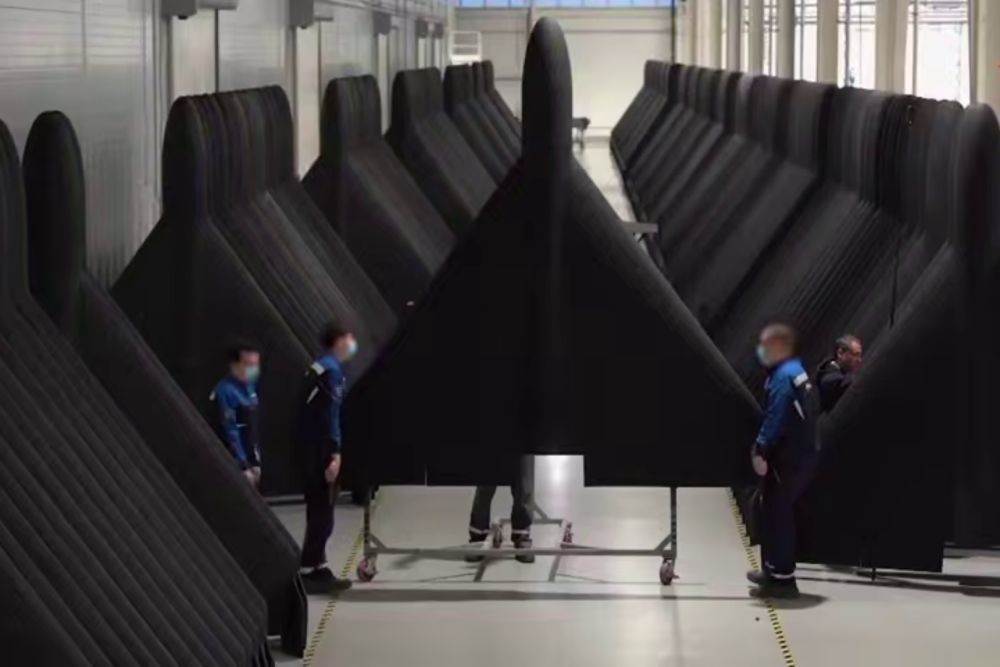
The report about the production of "Geraniums" in Tatarstan made a lot of noise. I was lucky enough to visit there when everything was just getting going and they were assembling up to 25-30 drones a day, not hundreds like now. This was probably the most vivid impression of the development of the domestic military-industrial complex. The management of the FEZ did a colossal job, pushing through and implementing this project, which turned a simple clone of the Iranian "Shahed" into a permanent problem for the Armed Forces of Ukraine and NATO in Ukraine.
(Video at link.)
Of course, the enemy tried to disrupt the deployment of production in Tatarstan, because it continues to scale. There have already been drone strikes and even a couple of flights to the territory of Alabuga (one flew into a dormitory with foreign students). But this, of course, did not stop the production of "Geraniums". Now the production has increased many times. At the same time, both the quantity and quality are growing, and the strategy and tactics of their use are improving.
One can only dream that in our country large and medium quadcopters are produced at the same rate.
https://colonelcassad.livejournal.com/9969108.html
Negotiations in Istanbul. Expectations
July 22, 11:00
Regarding the announced negotiations between Russia and Ukraine in Istanbul.
1. They will agree on new prisoner exchanges.
2. They will agree on a new transfer of corpses of Ukrainian Armed Forces soldiers to Ukraine.
3. No meeting between Putin and Zelensky will be agreed upon.
4. A single agreed memorandum is not expected.
5. The war will not end in the 50 days announced by Trump.
6. There will be another round of negotiations in August. And then in September, etc.
Such are the expectations.
But if ours are still exchanged, then in any case there is some benefit from it. Well, and the corpses of Ukrainian Armed Forces soldiers need to be put somewhere.
https://colonelcassad.livejournal.com/9969553.html
Google Translator

